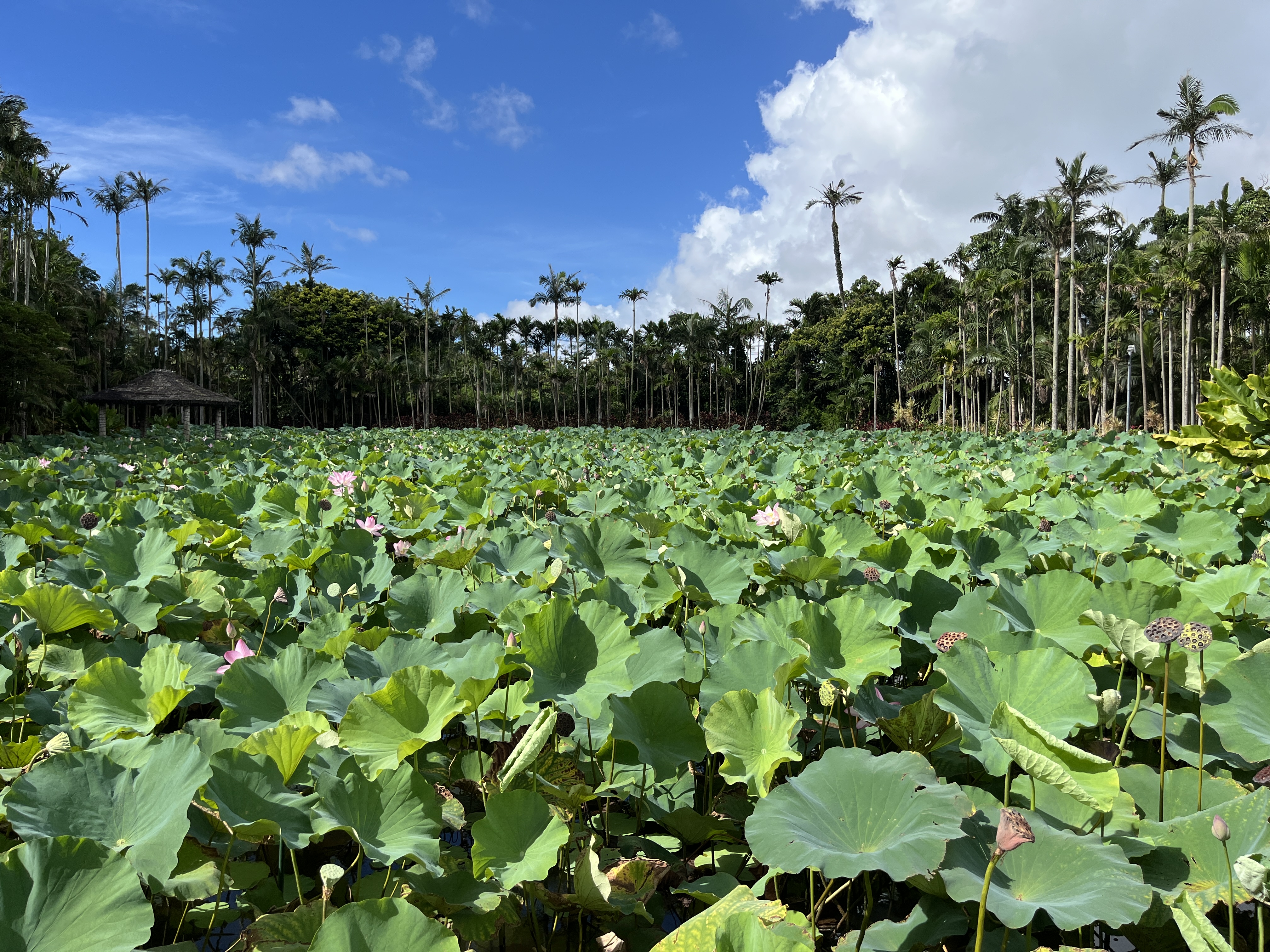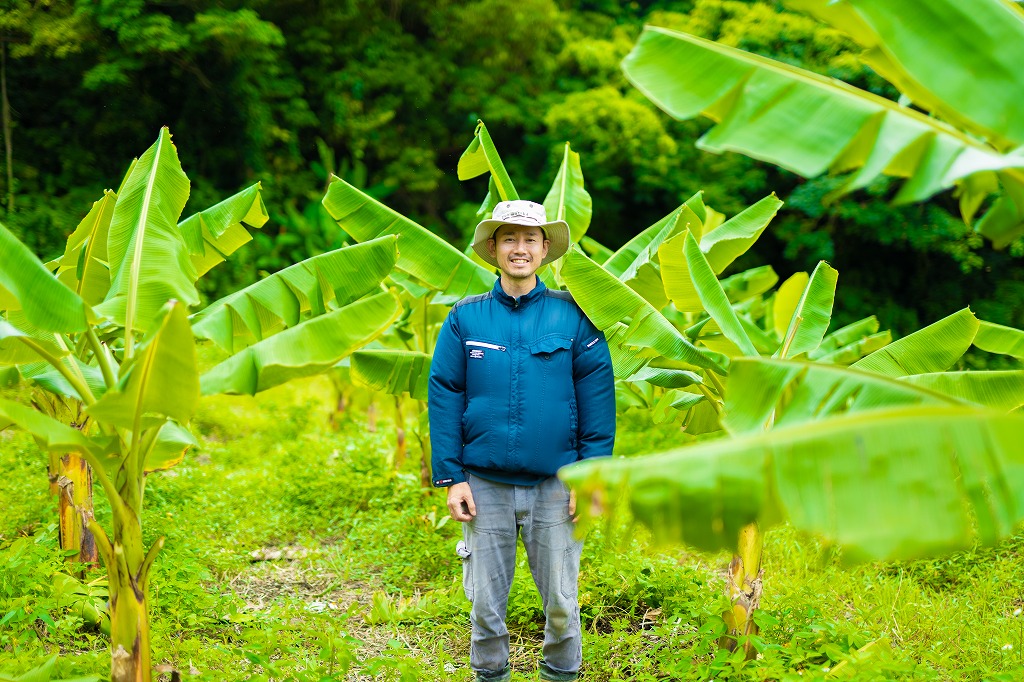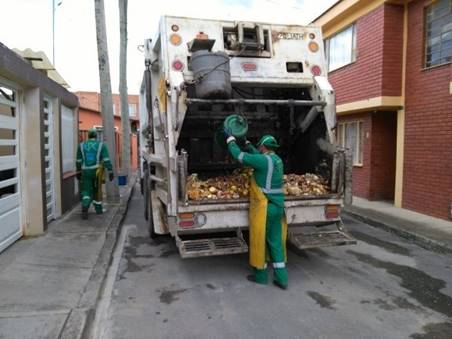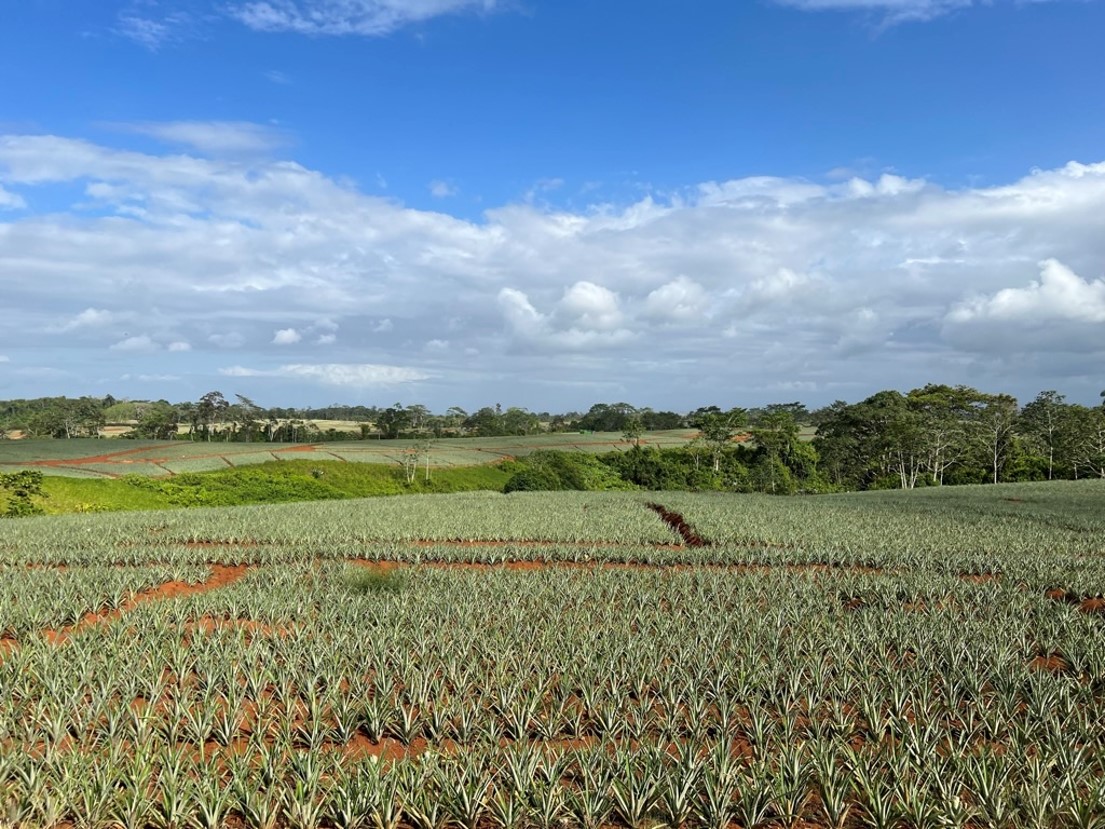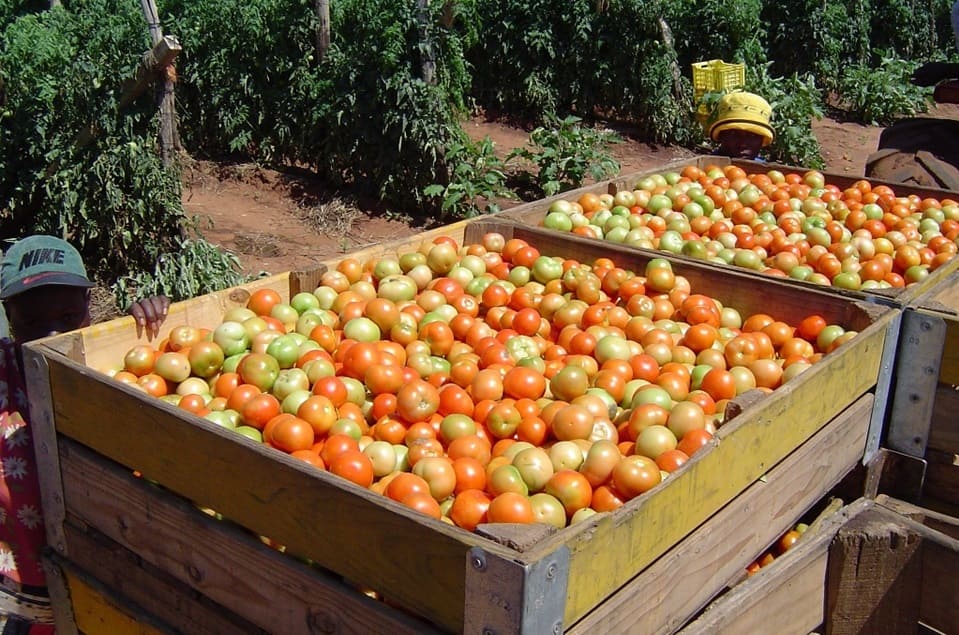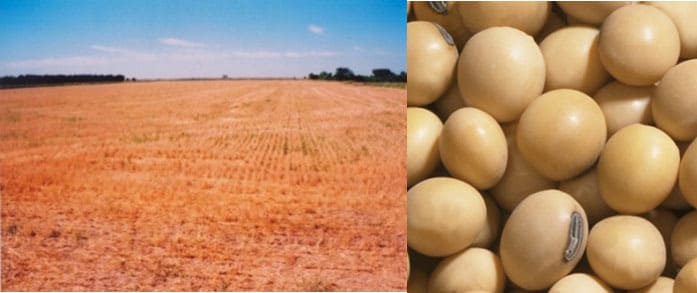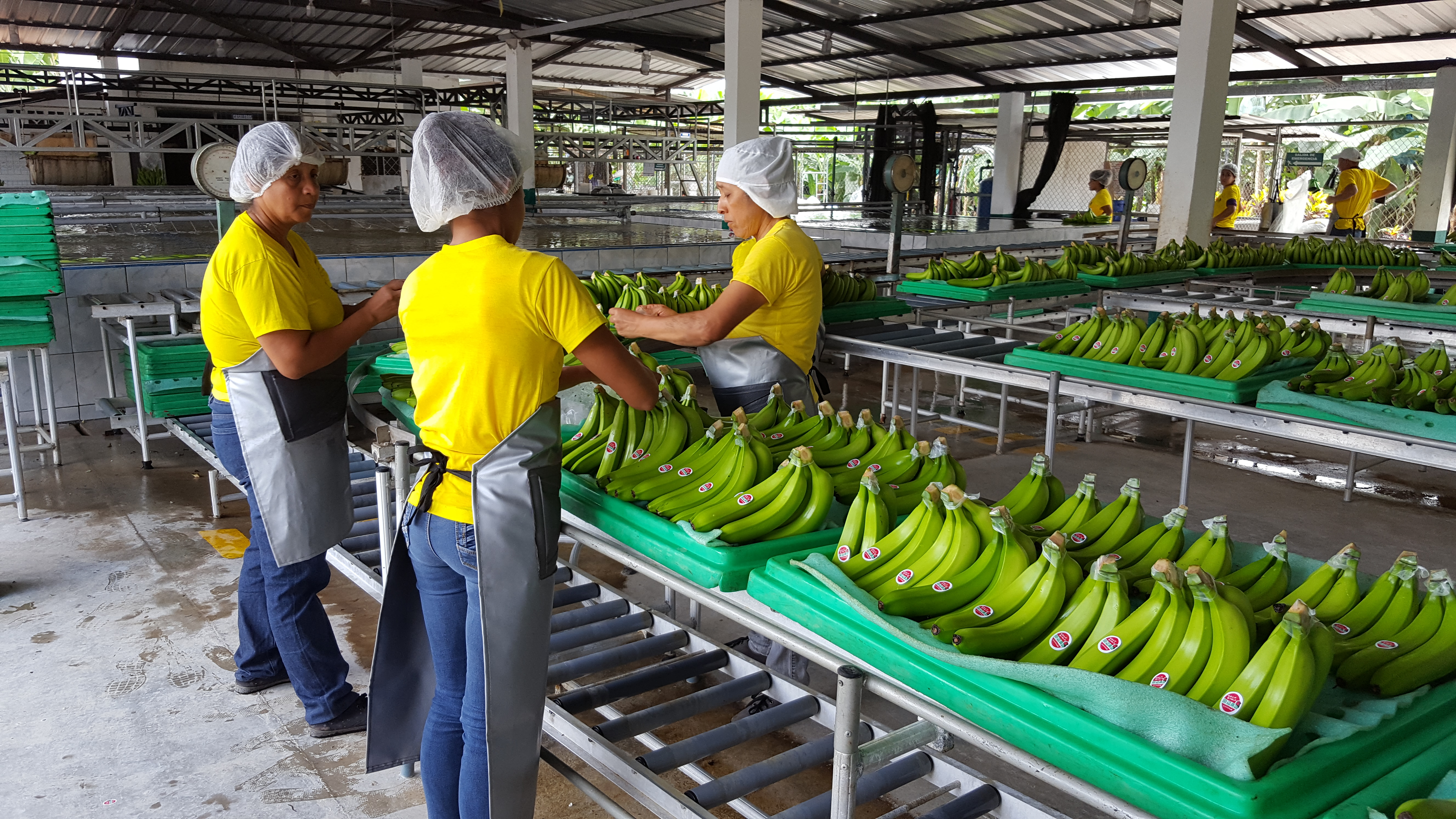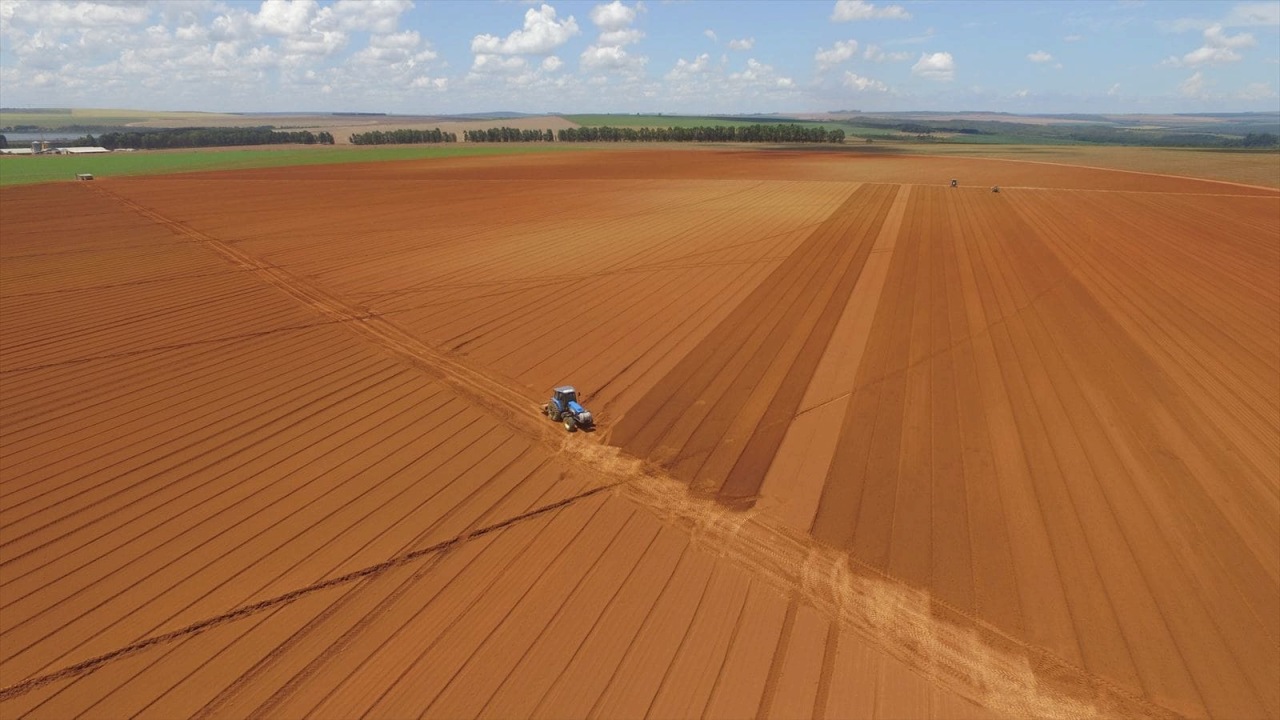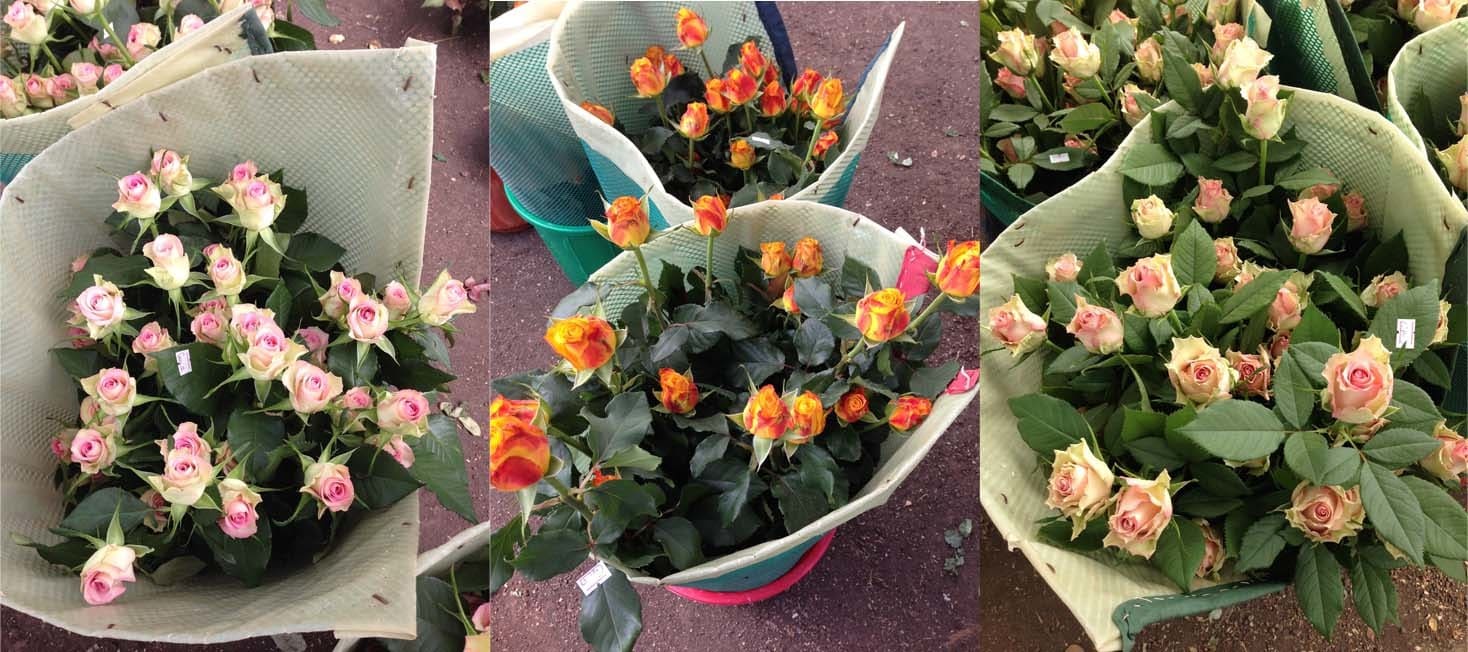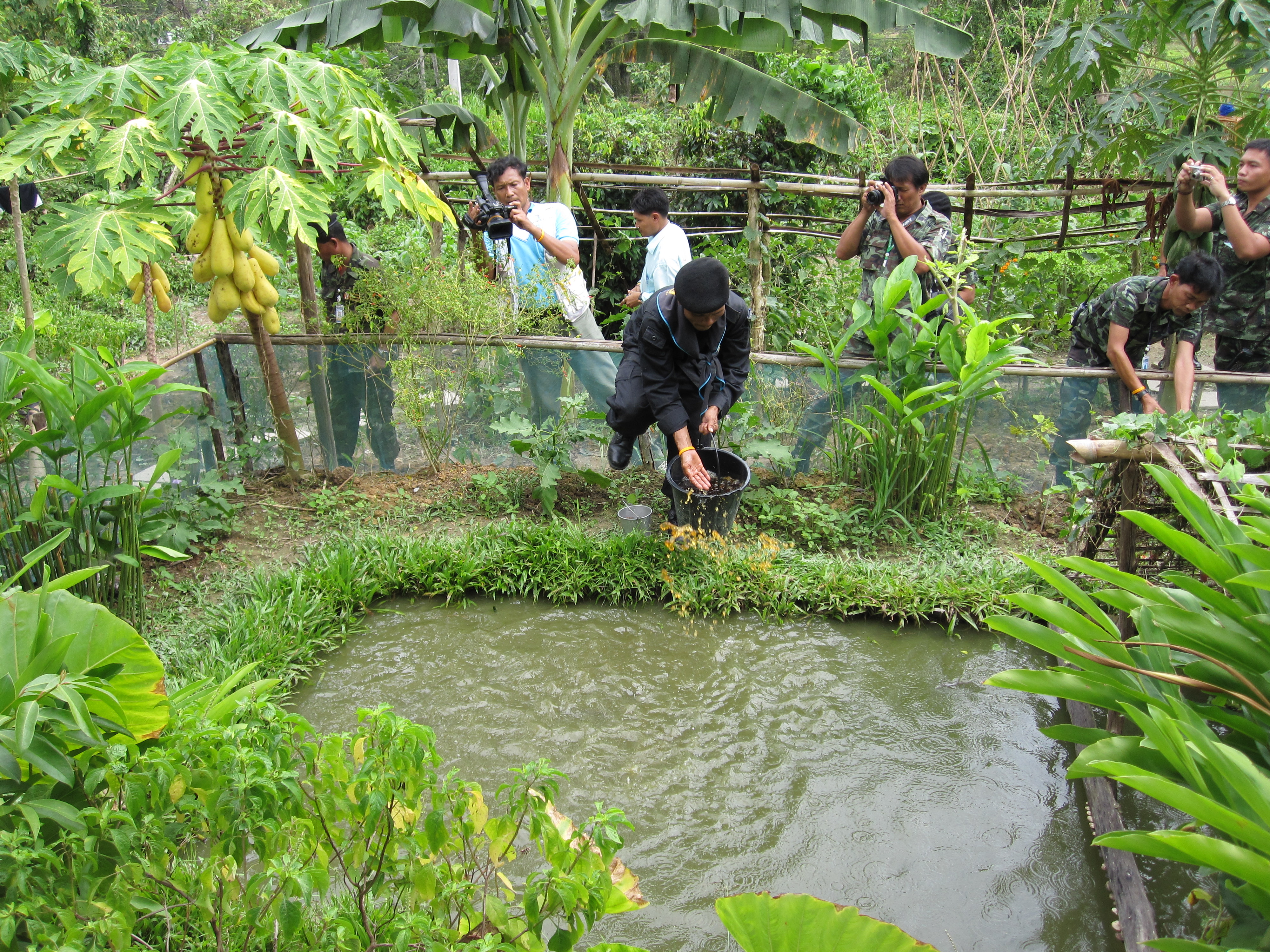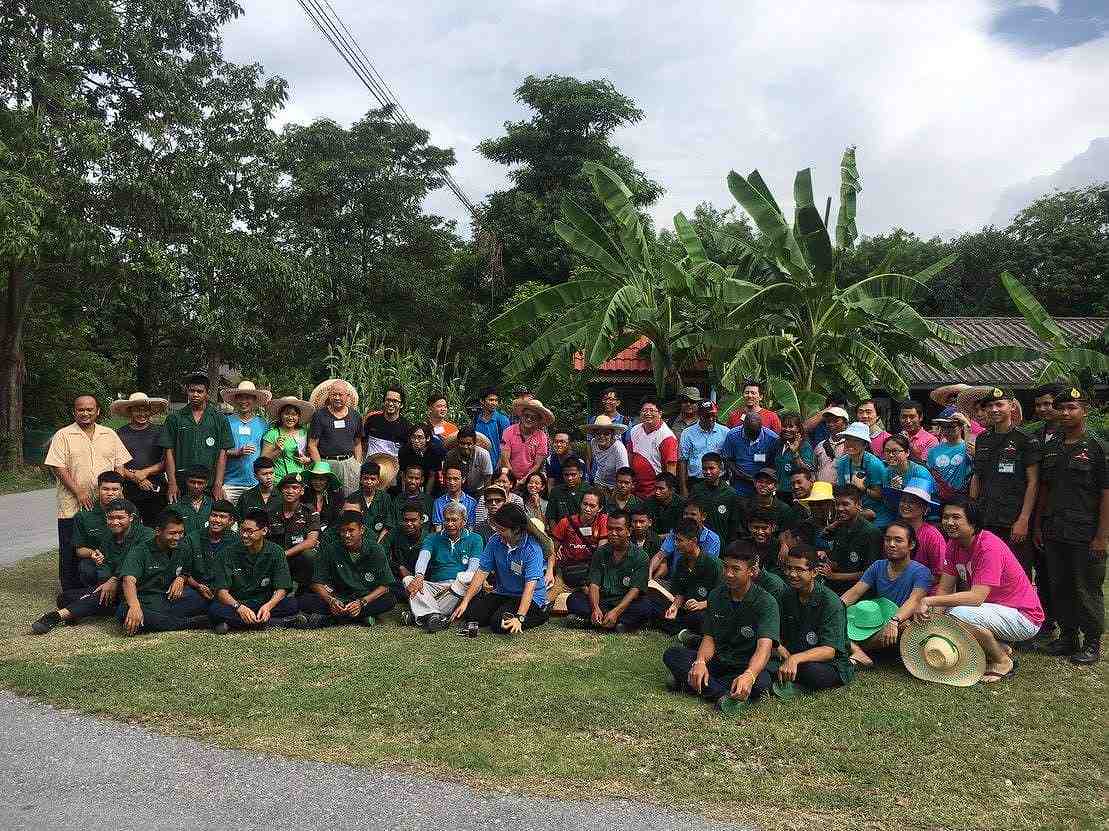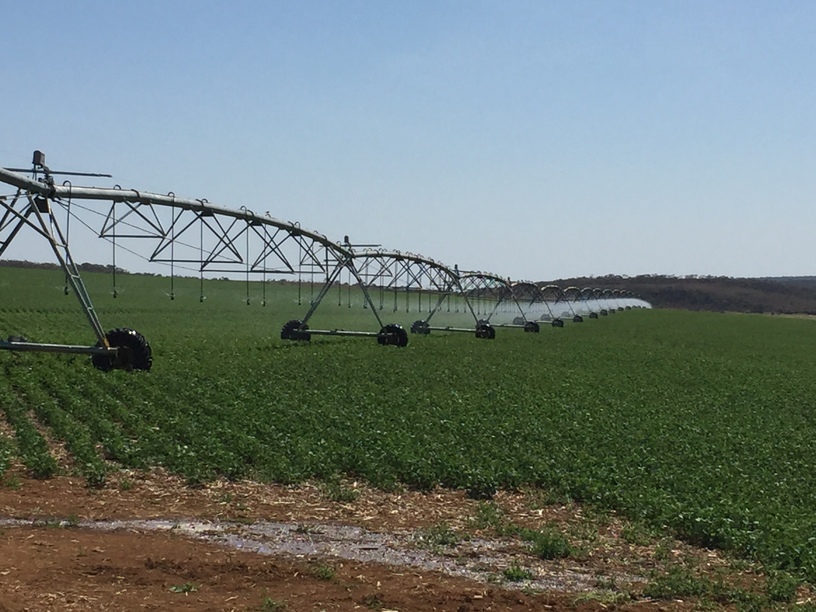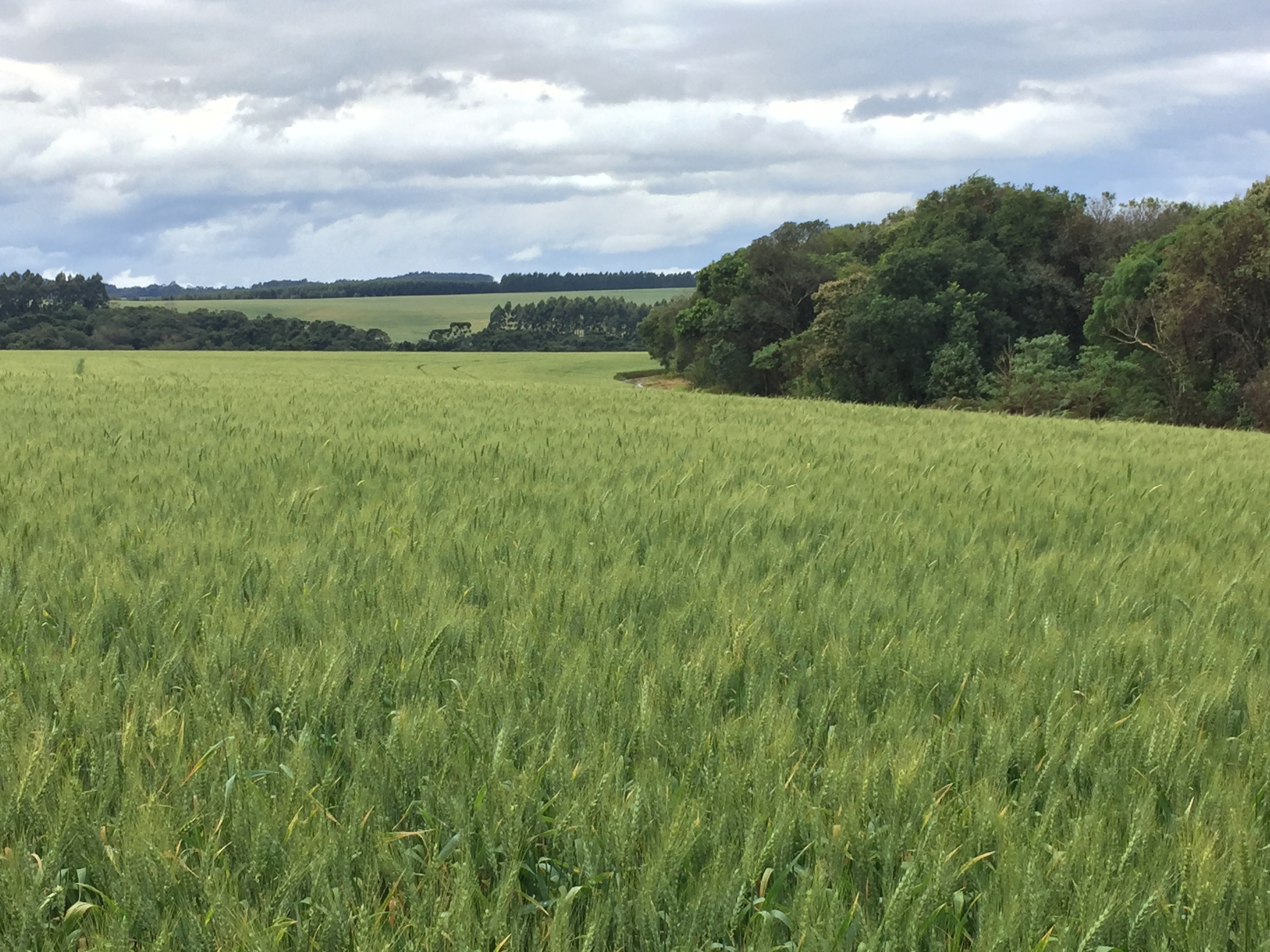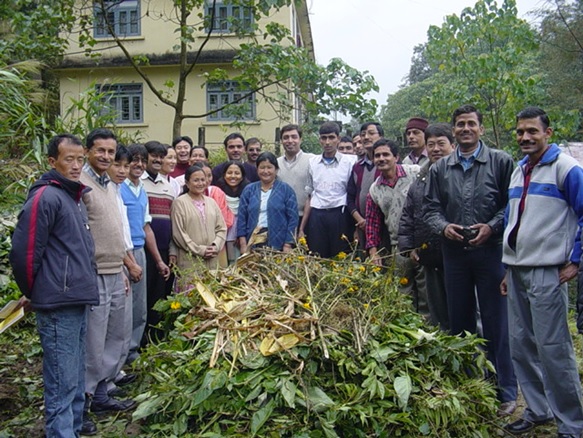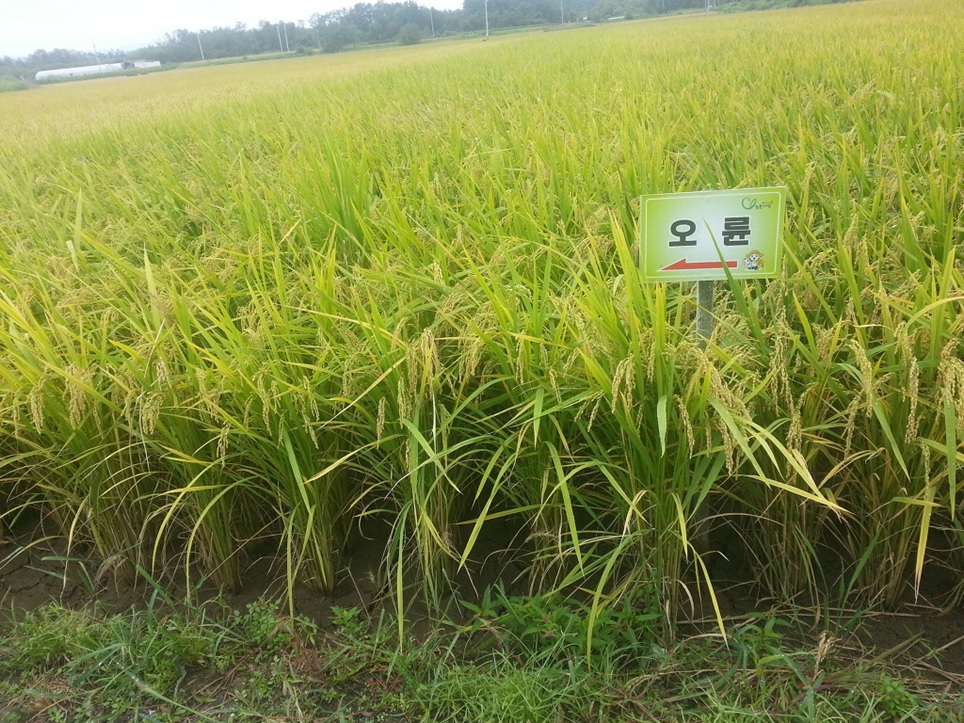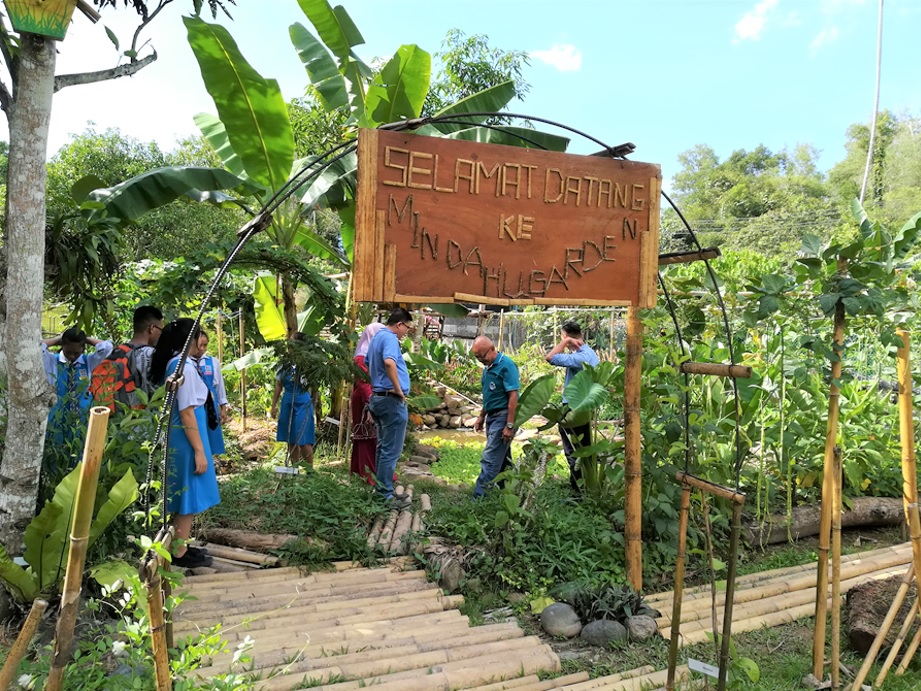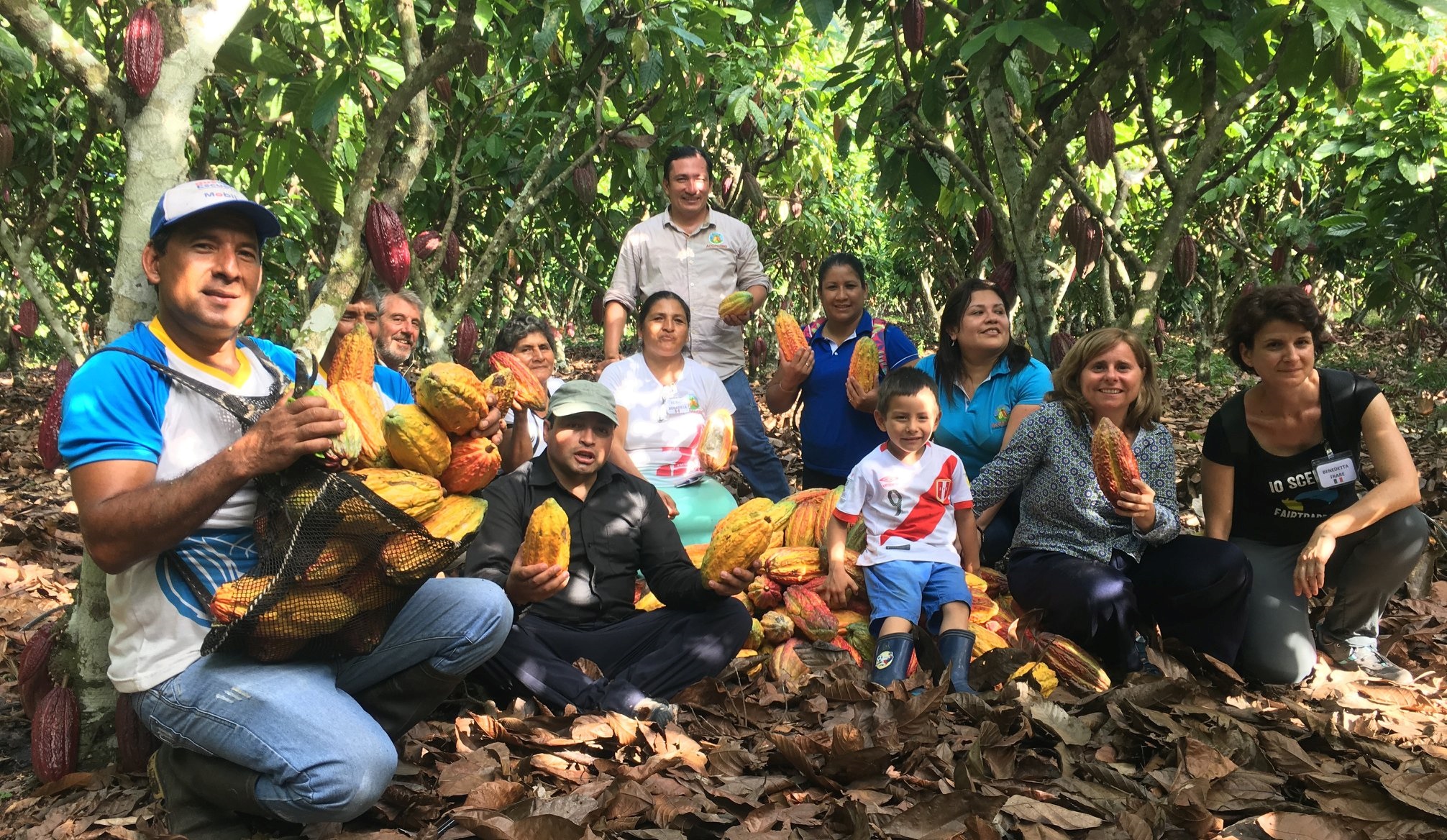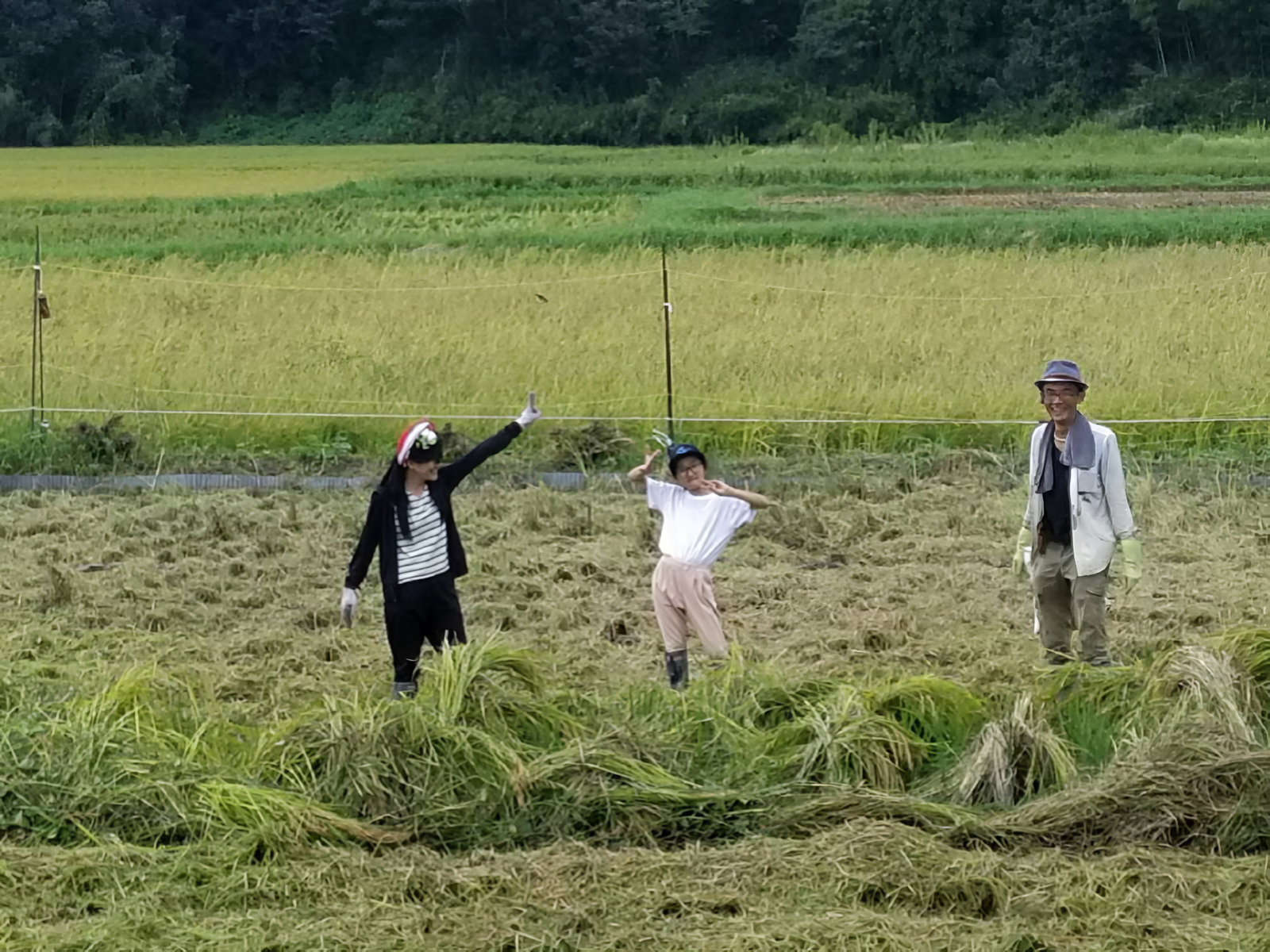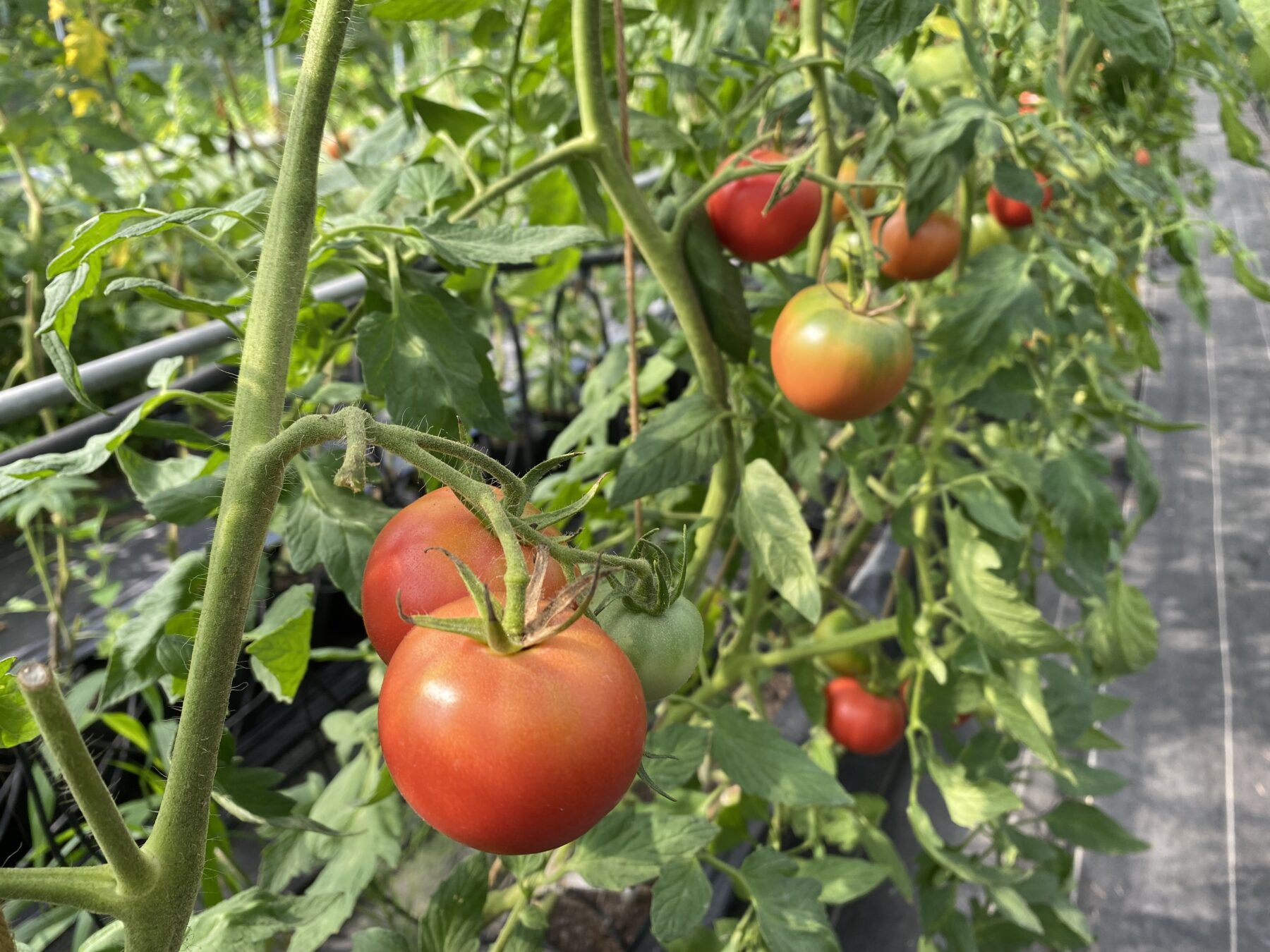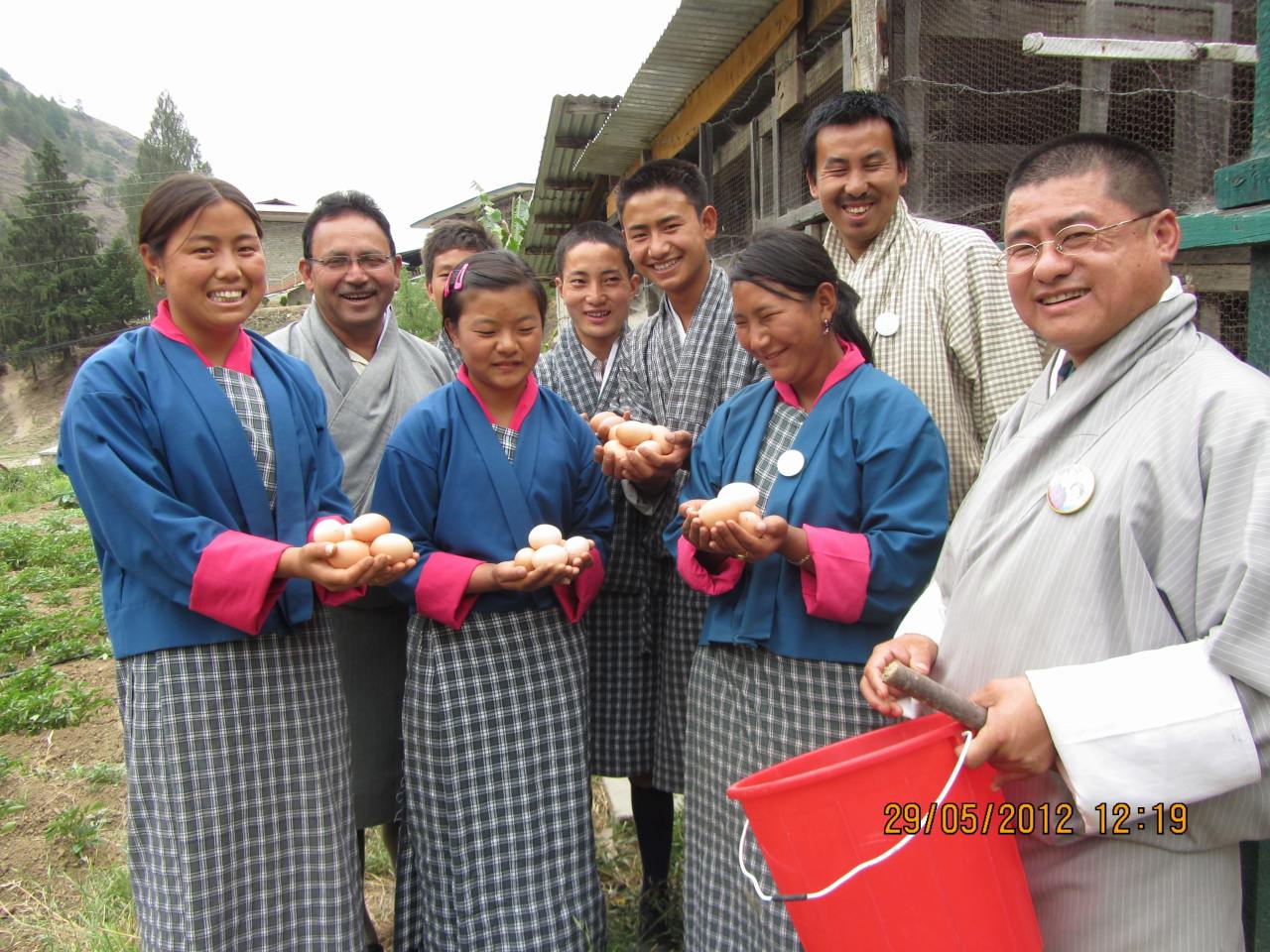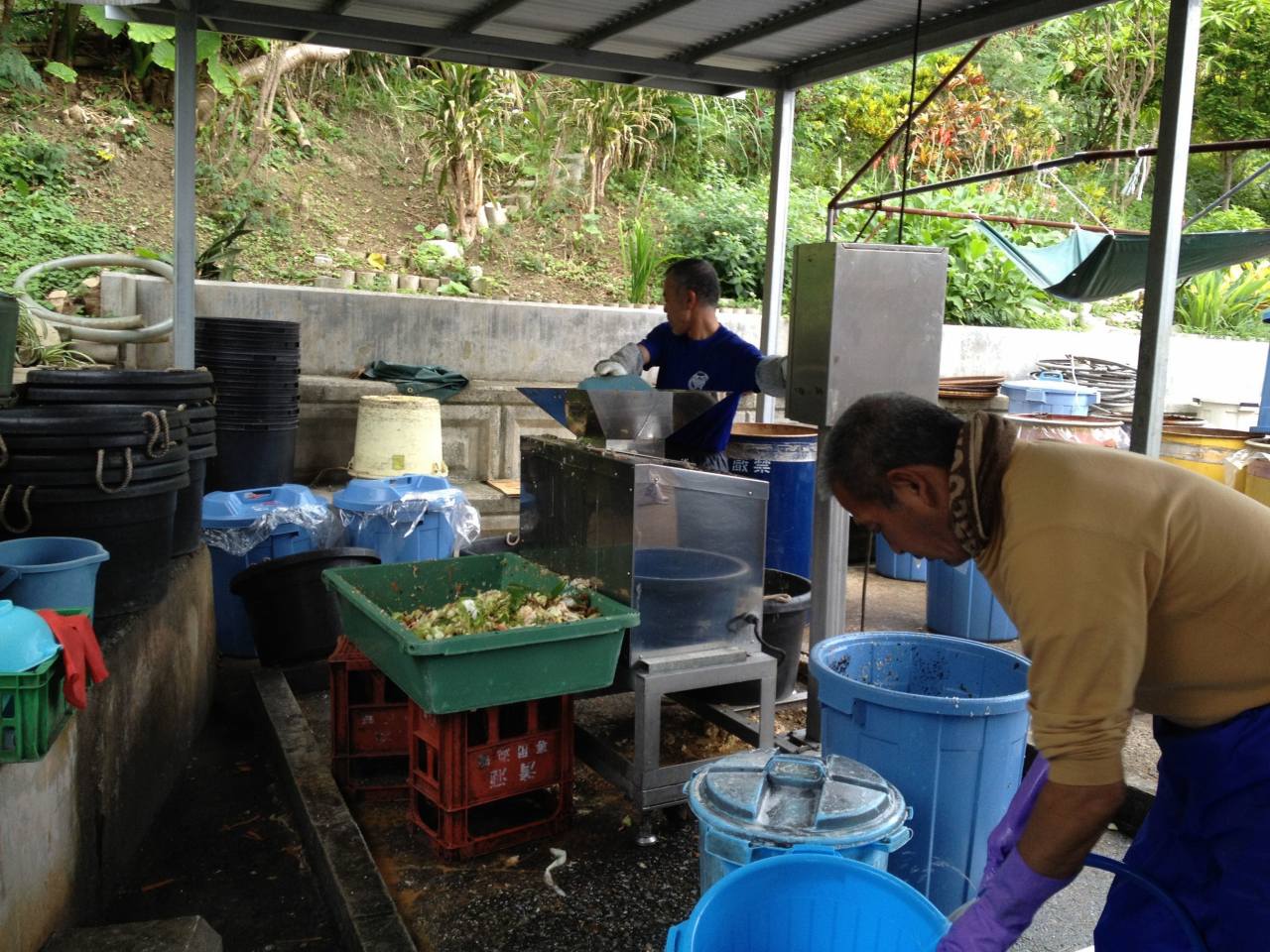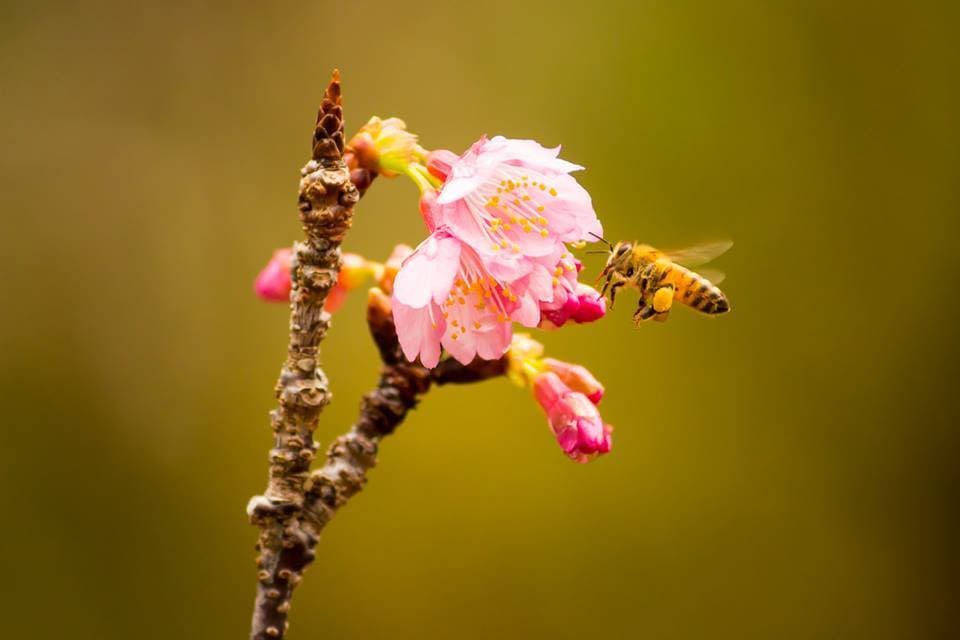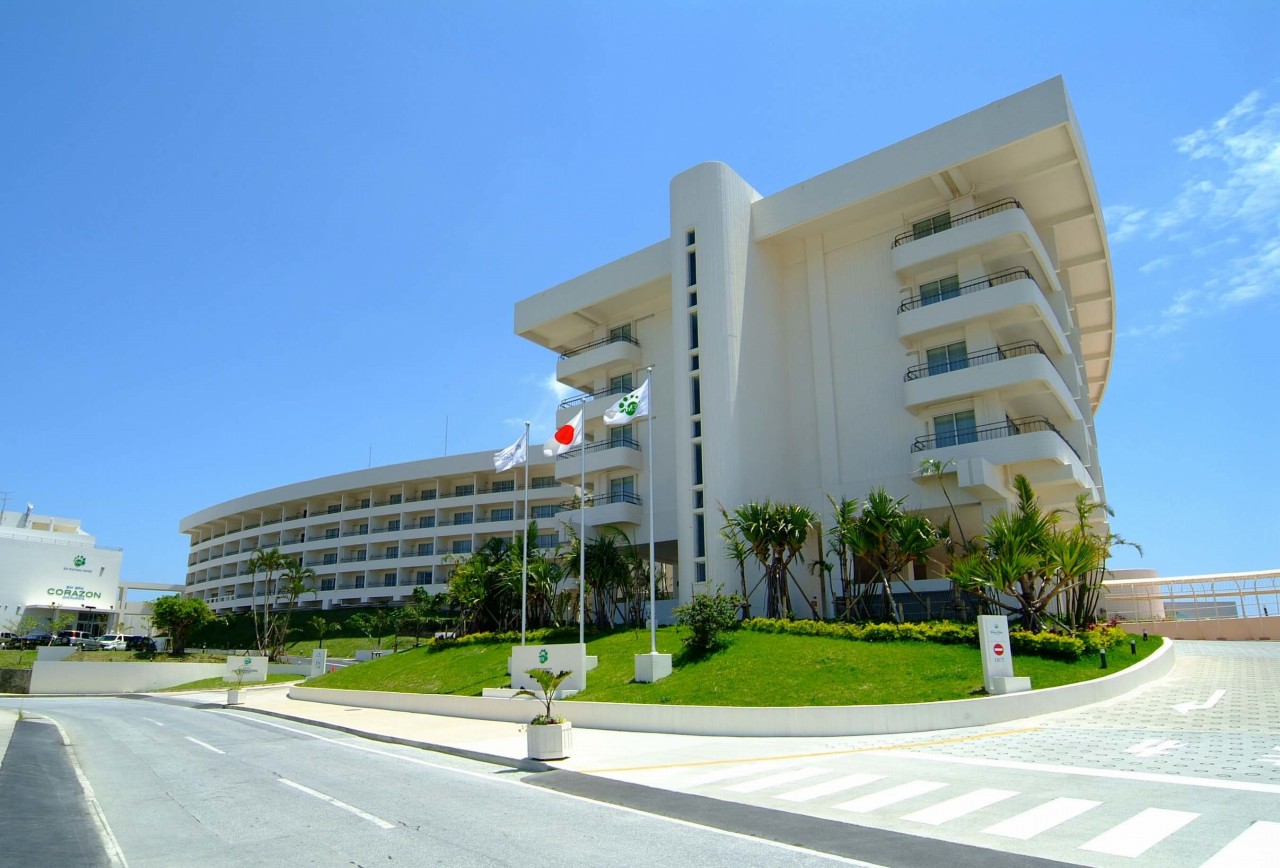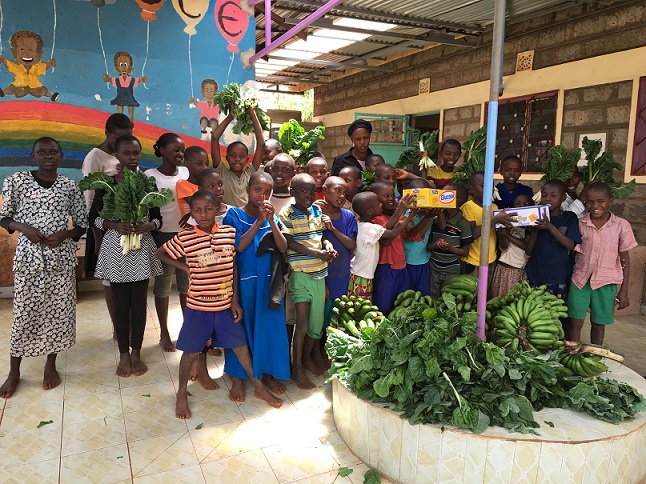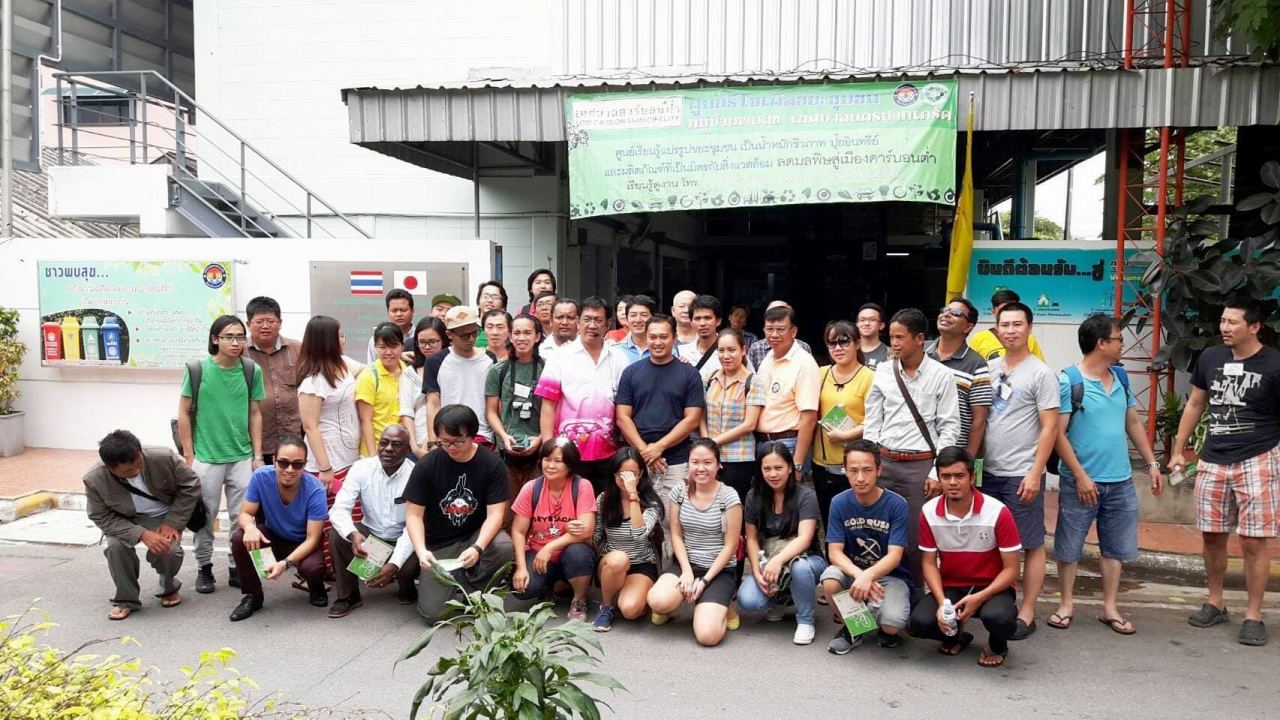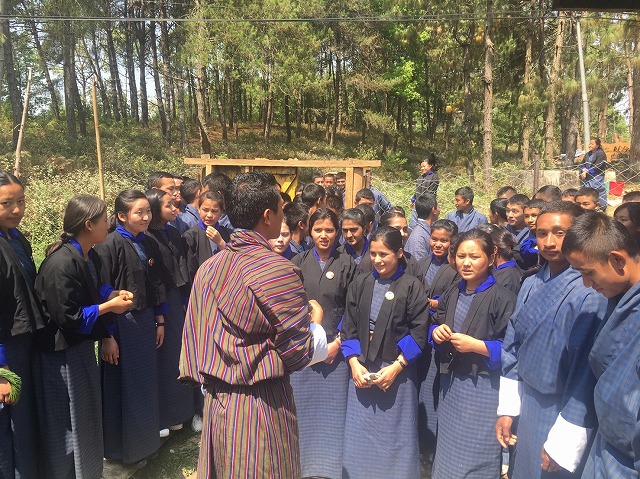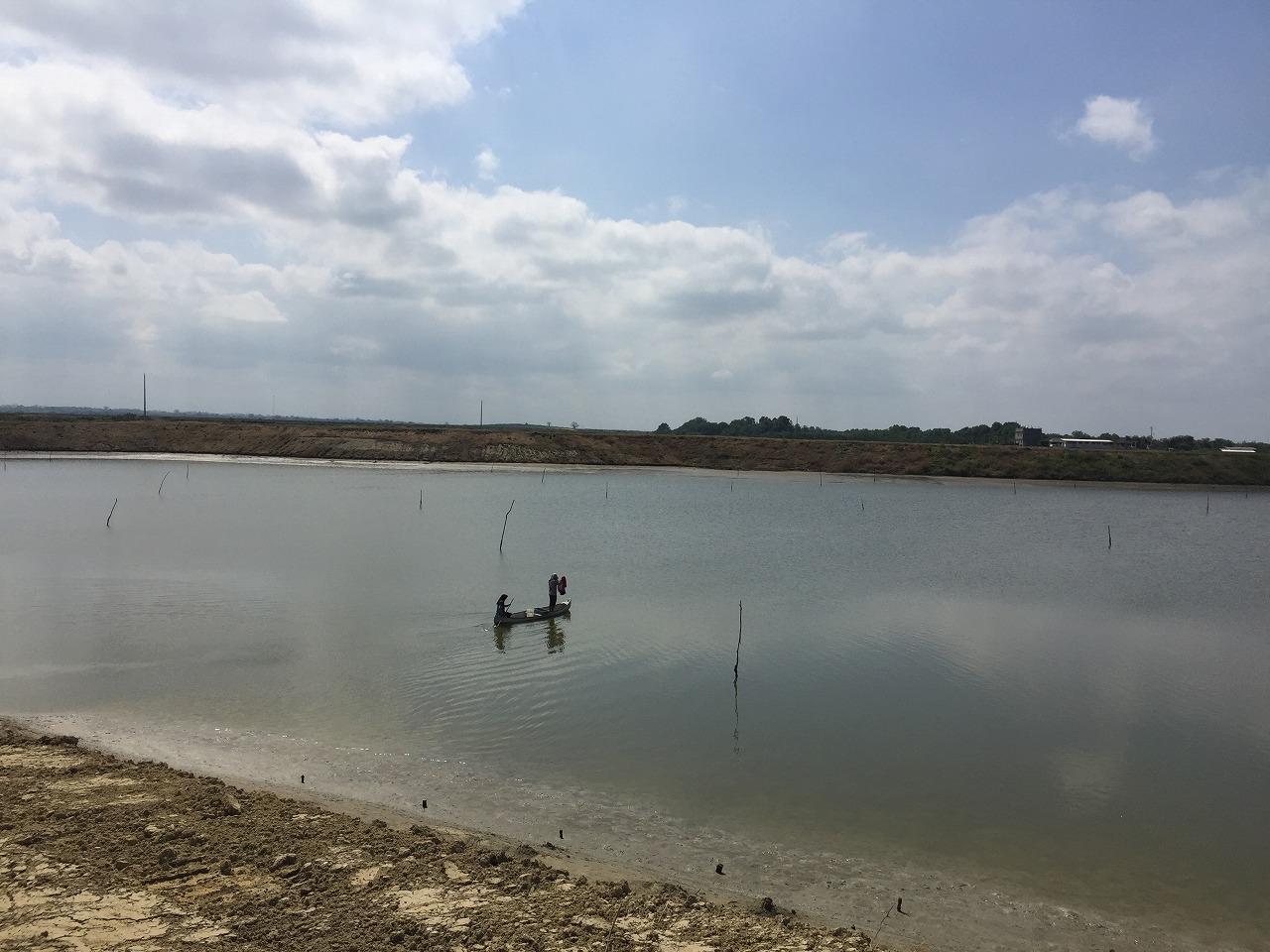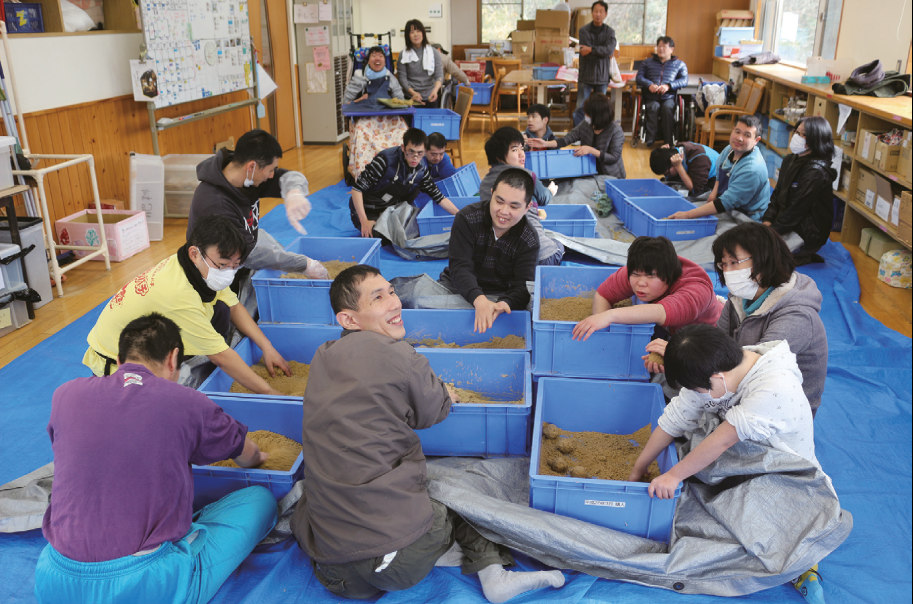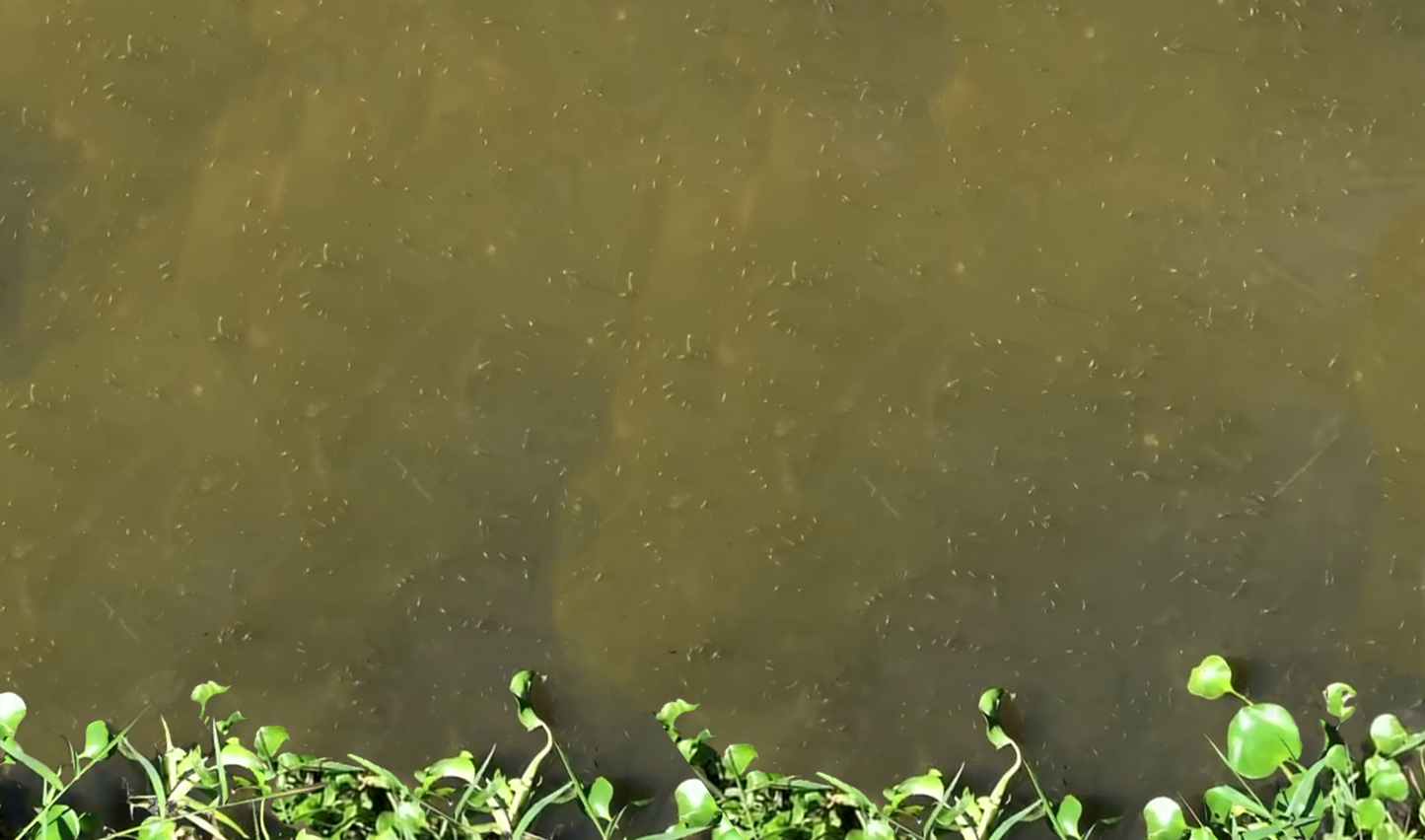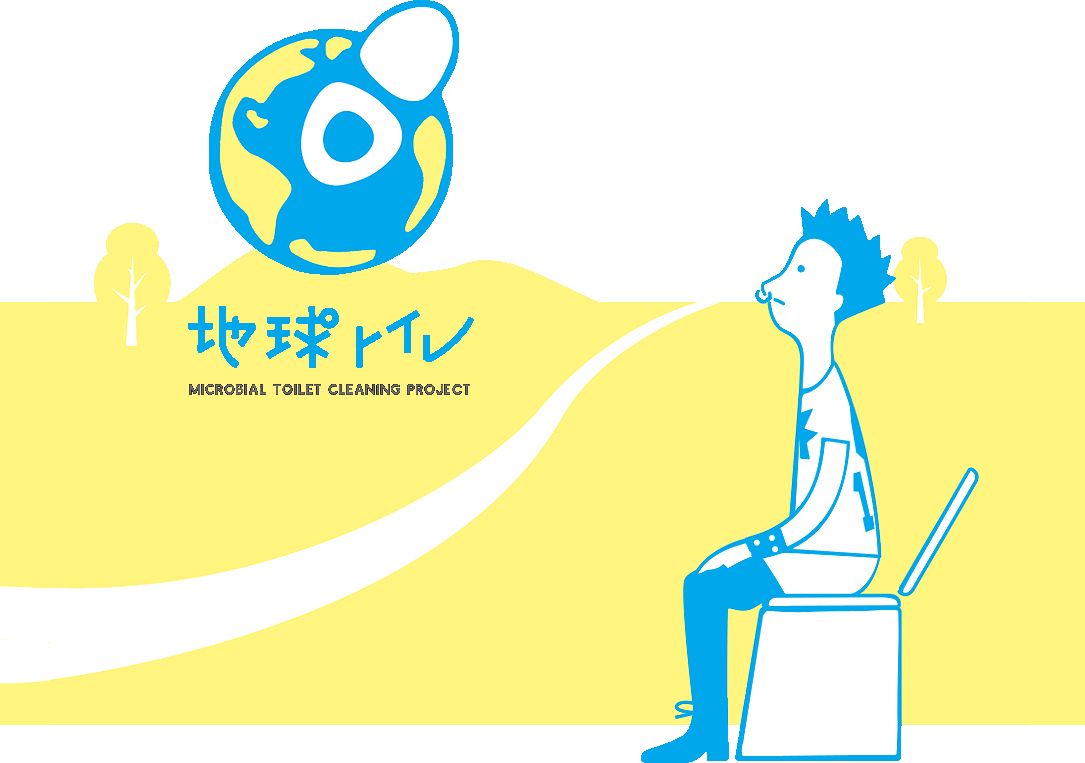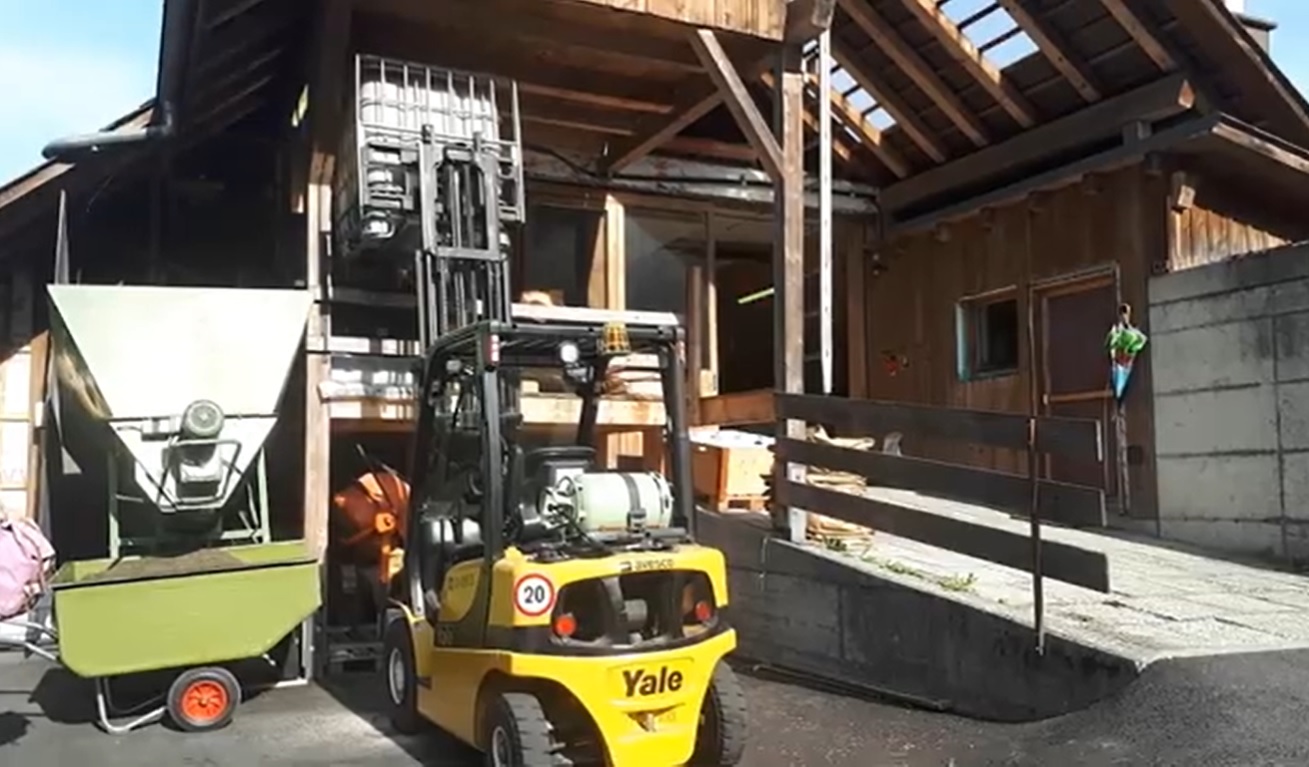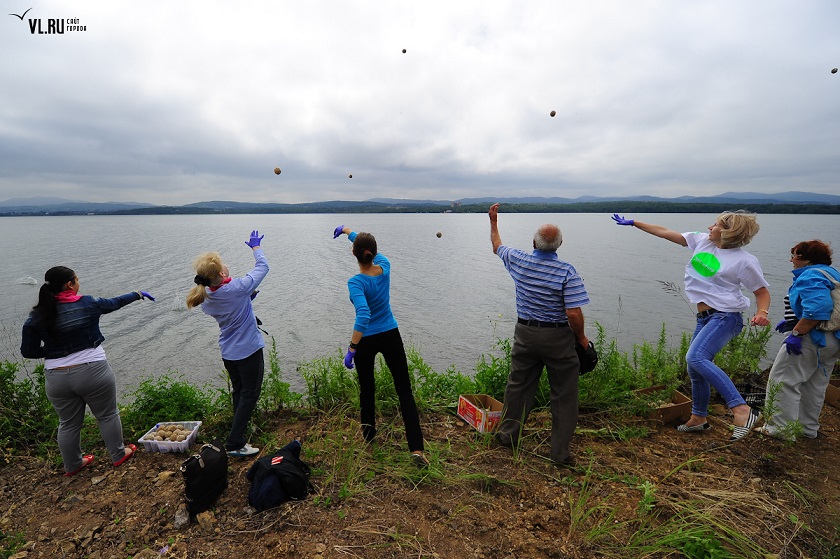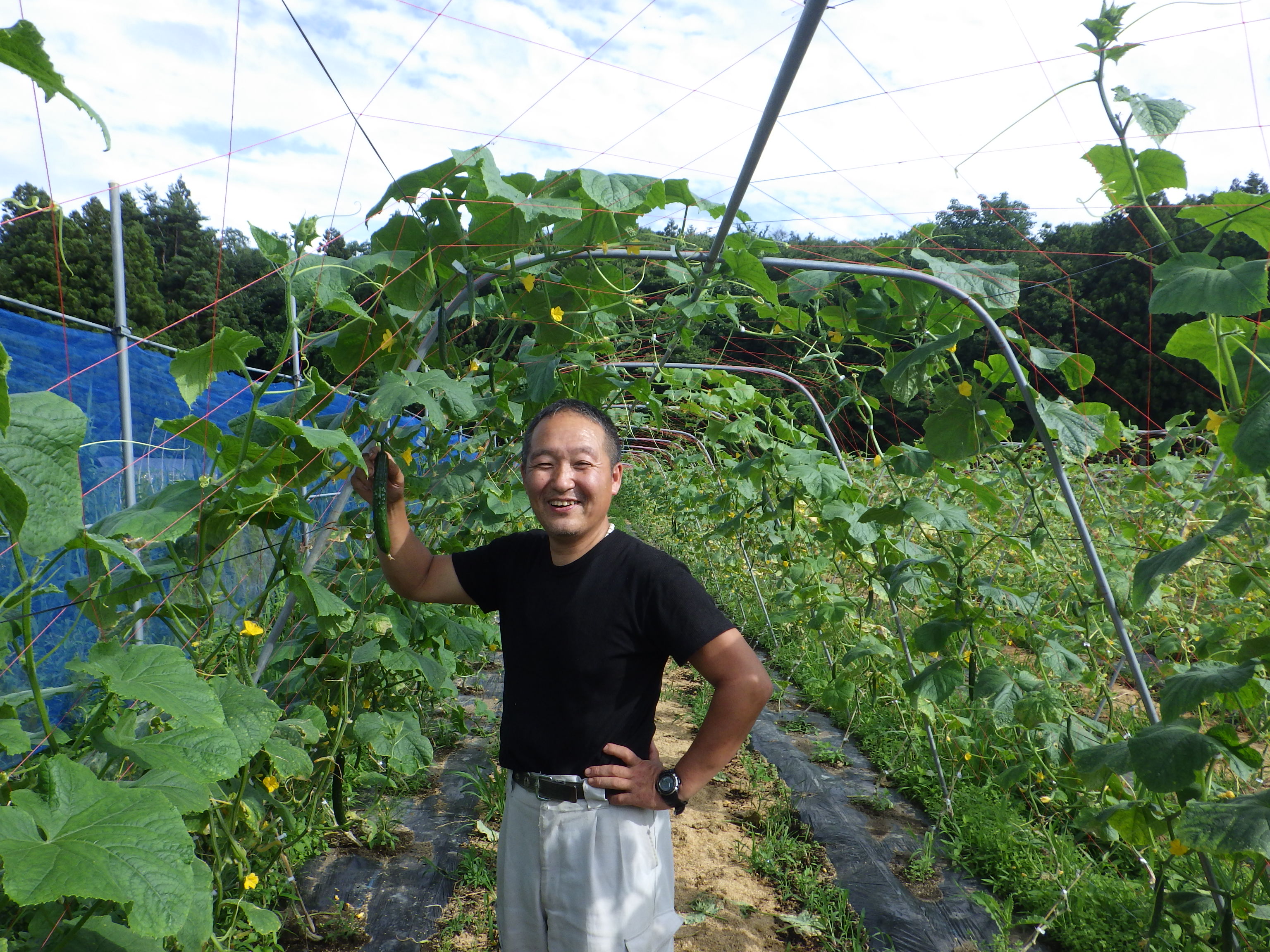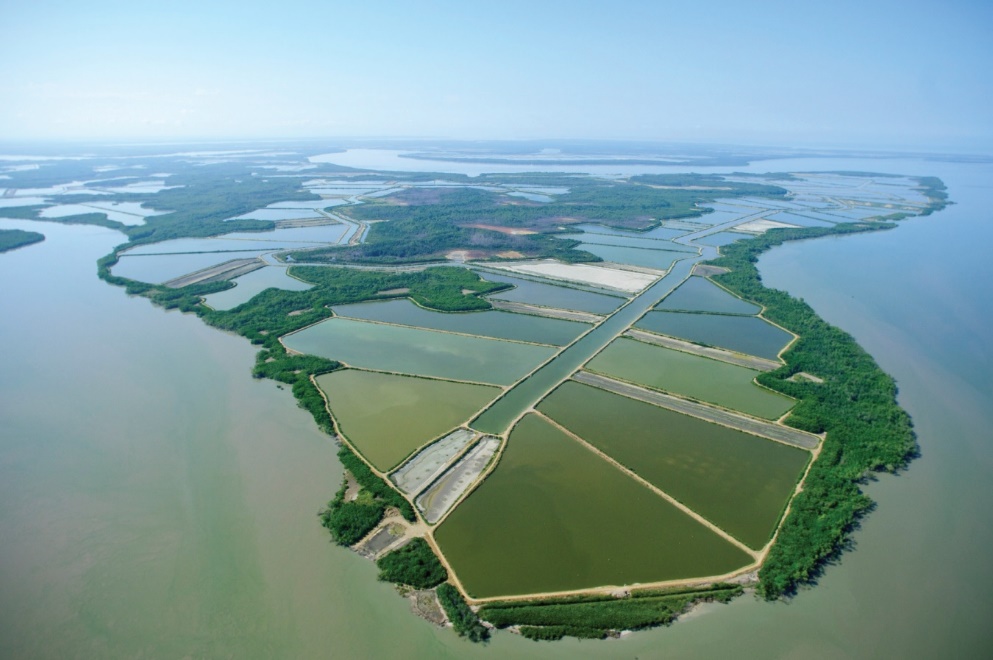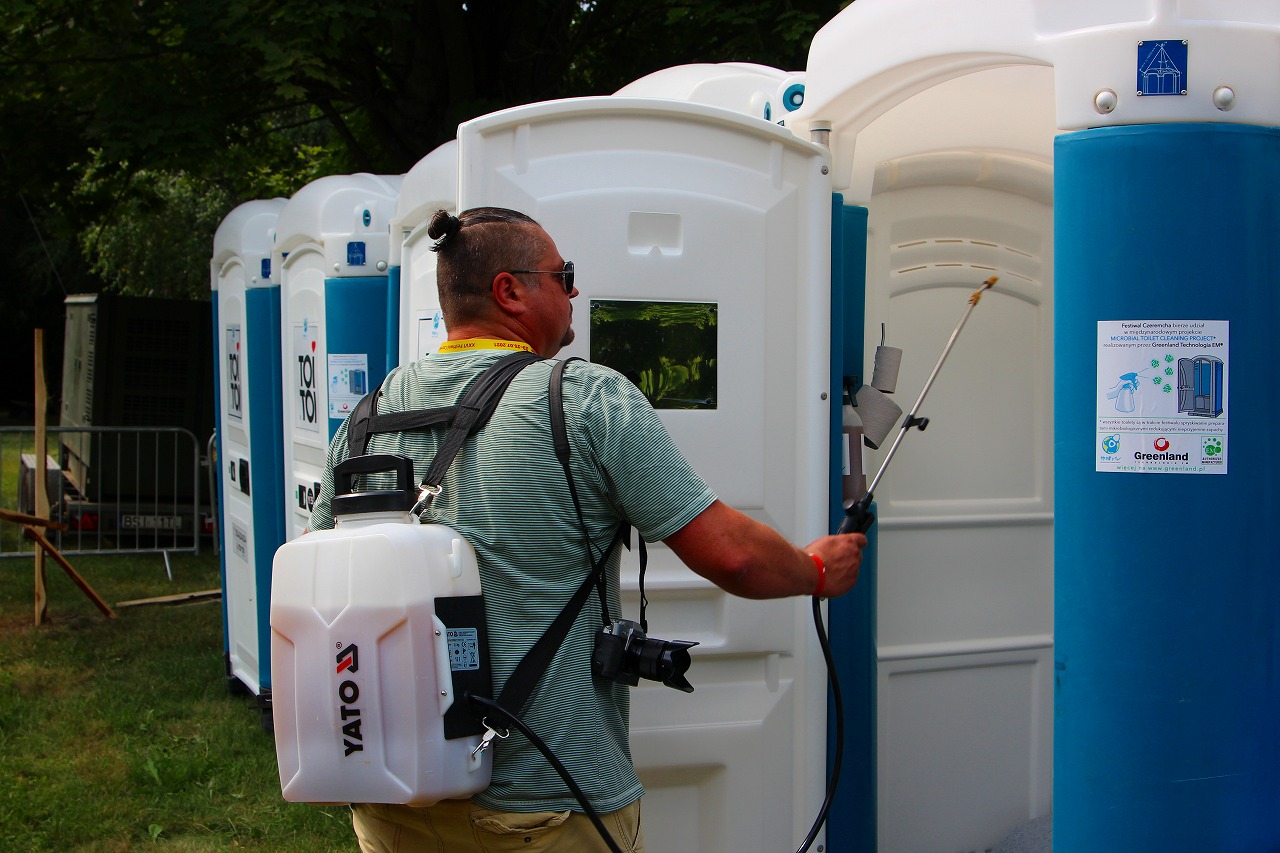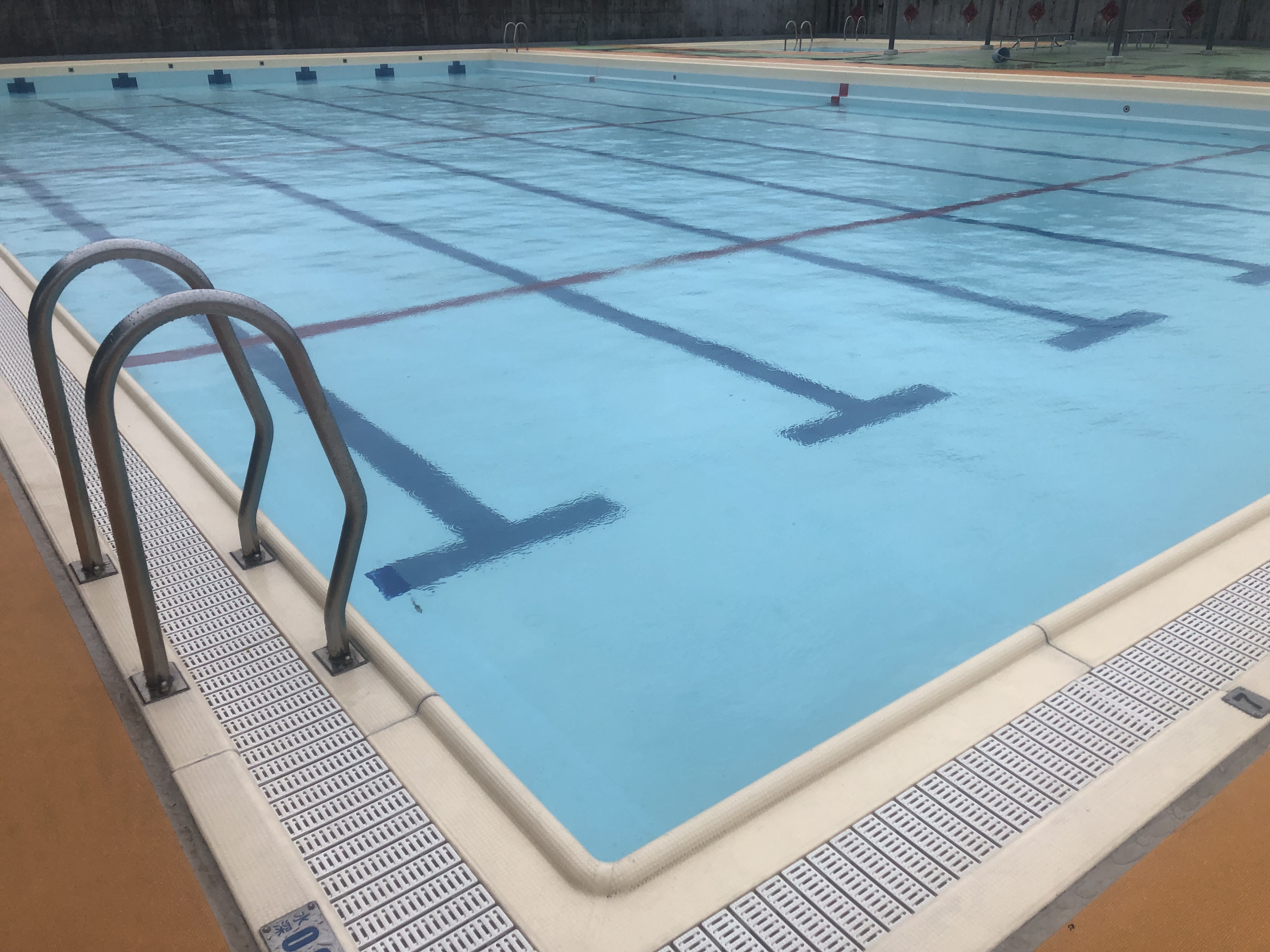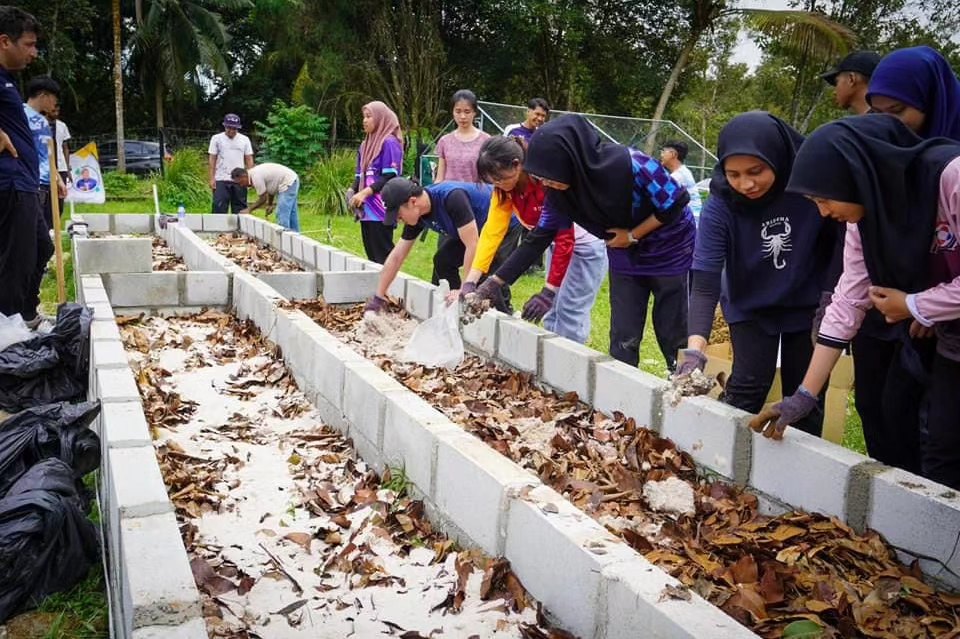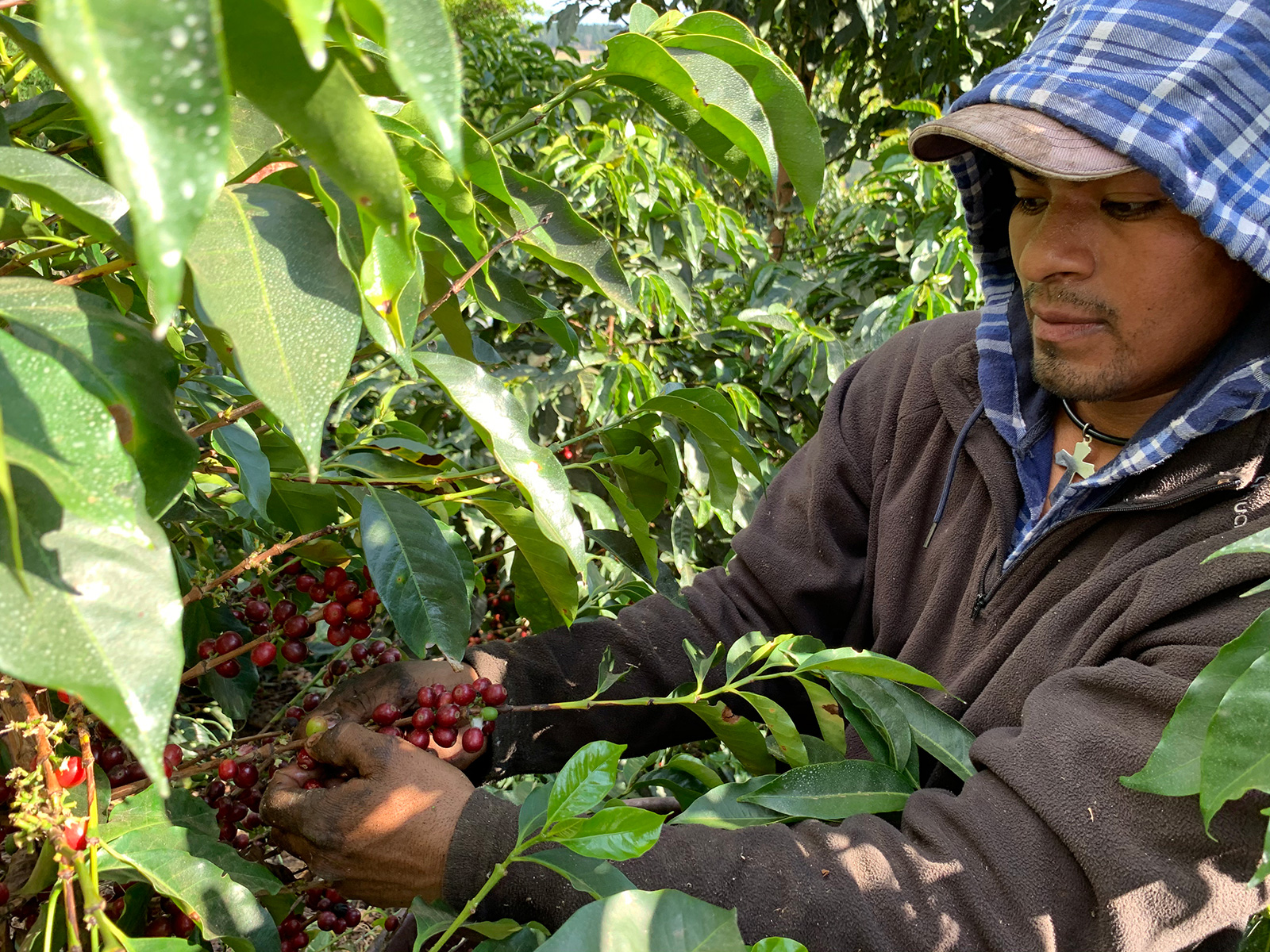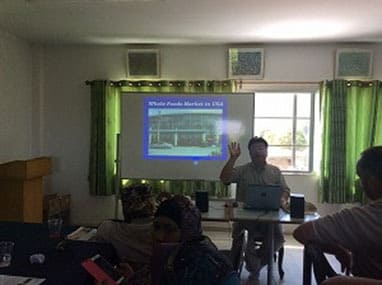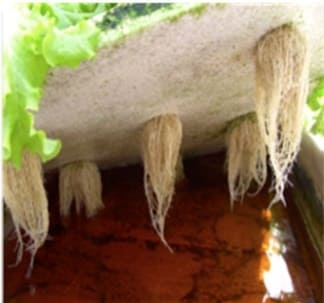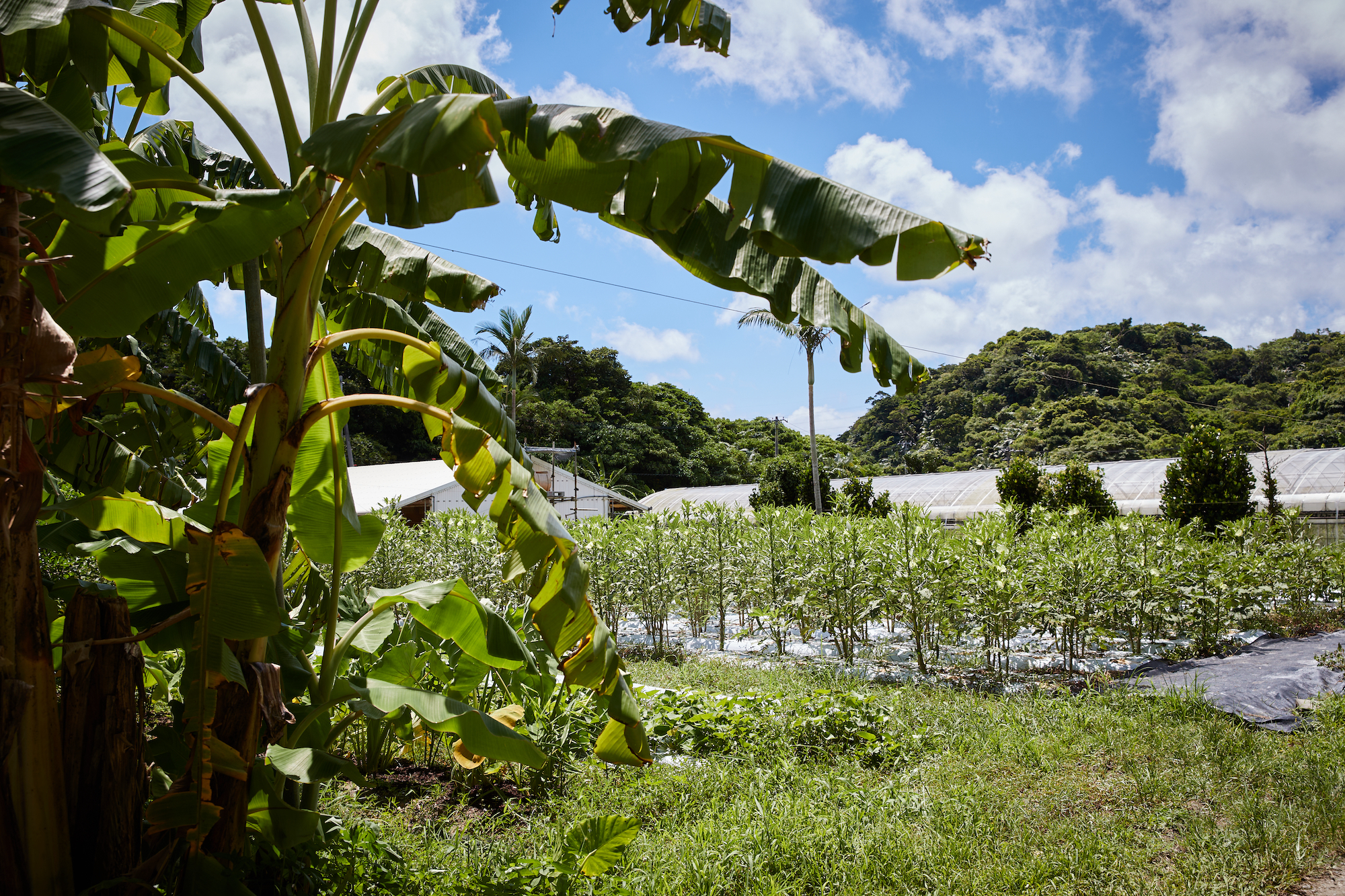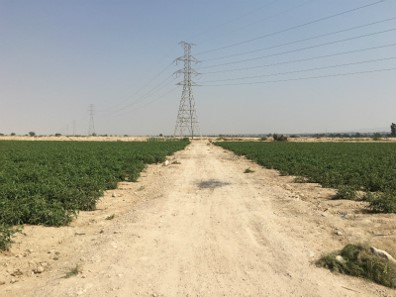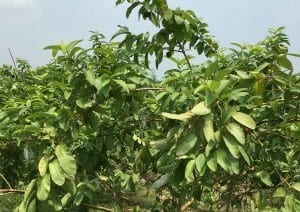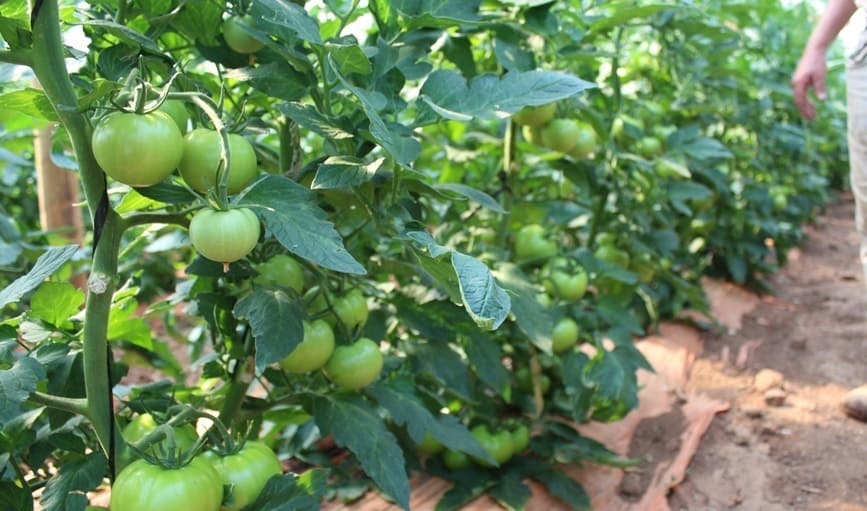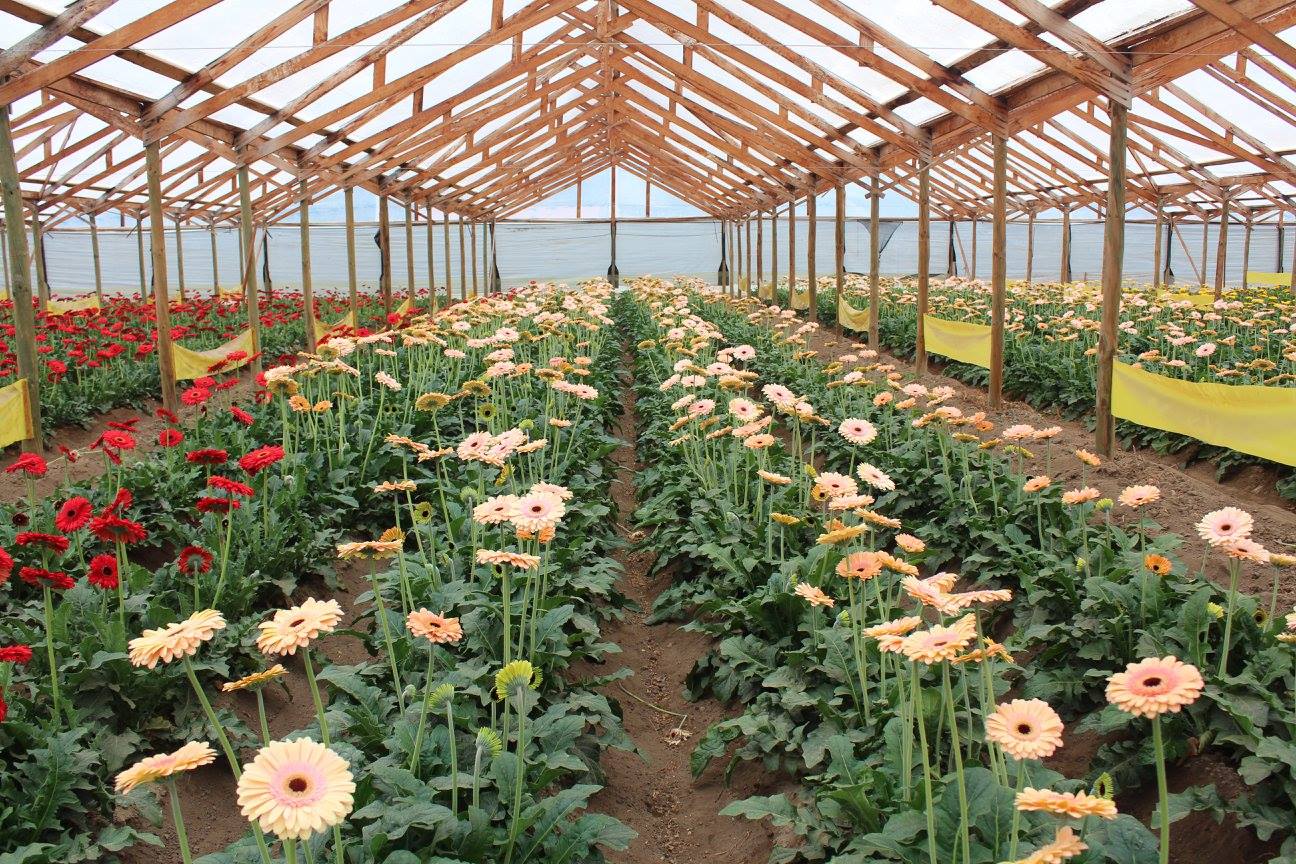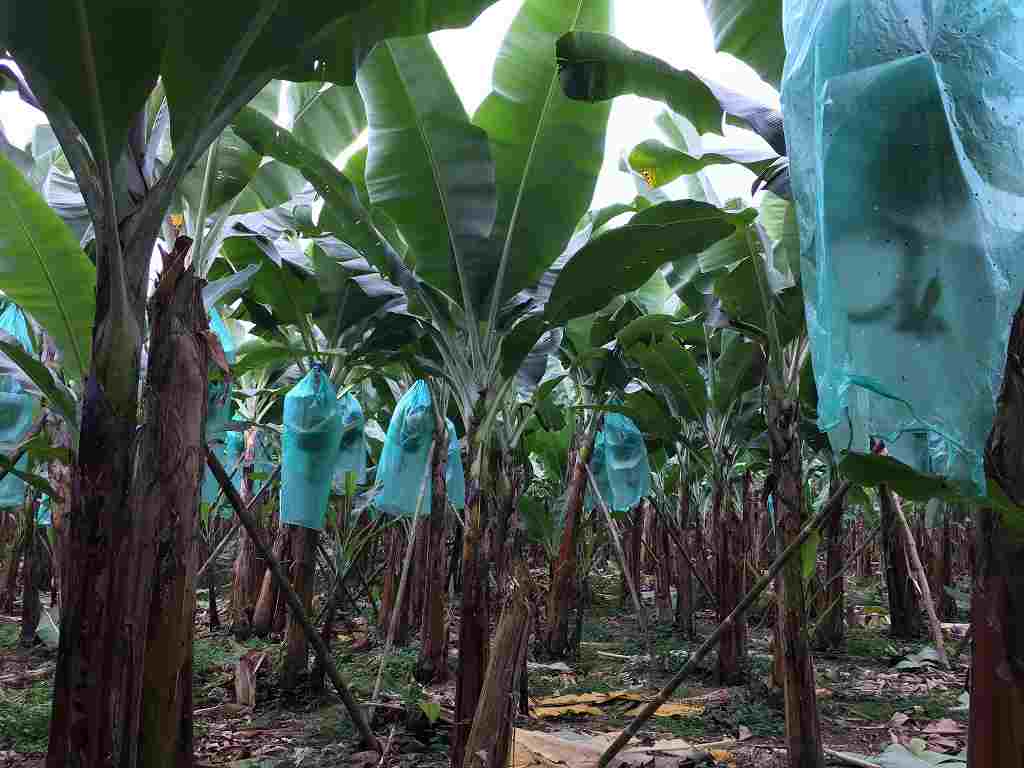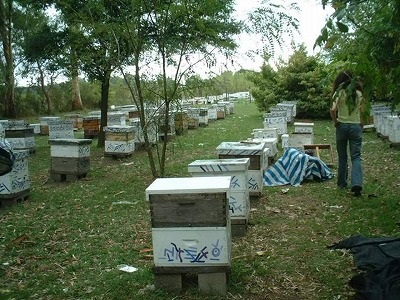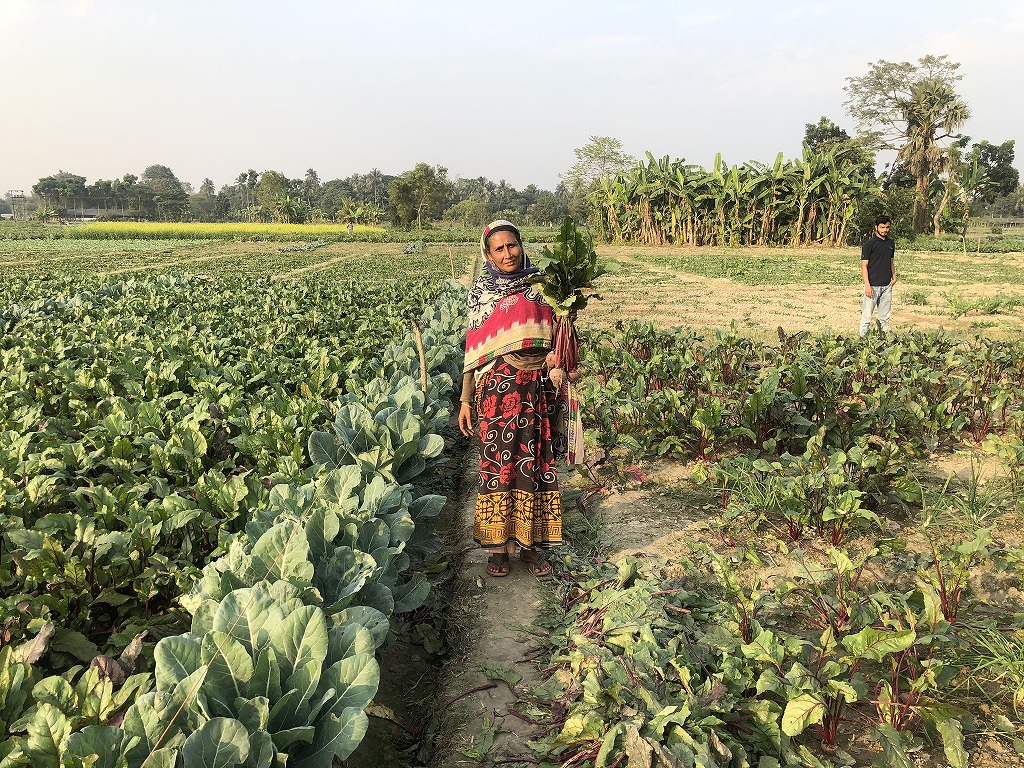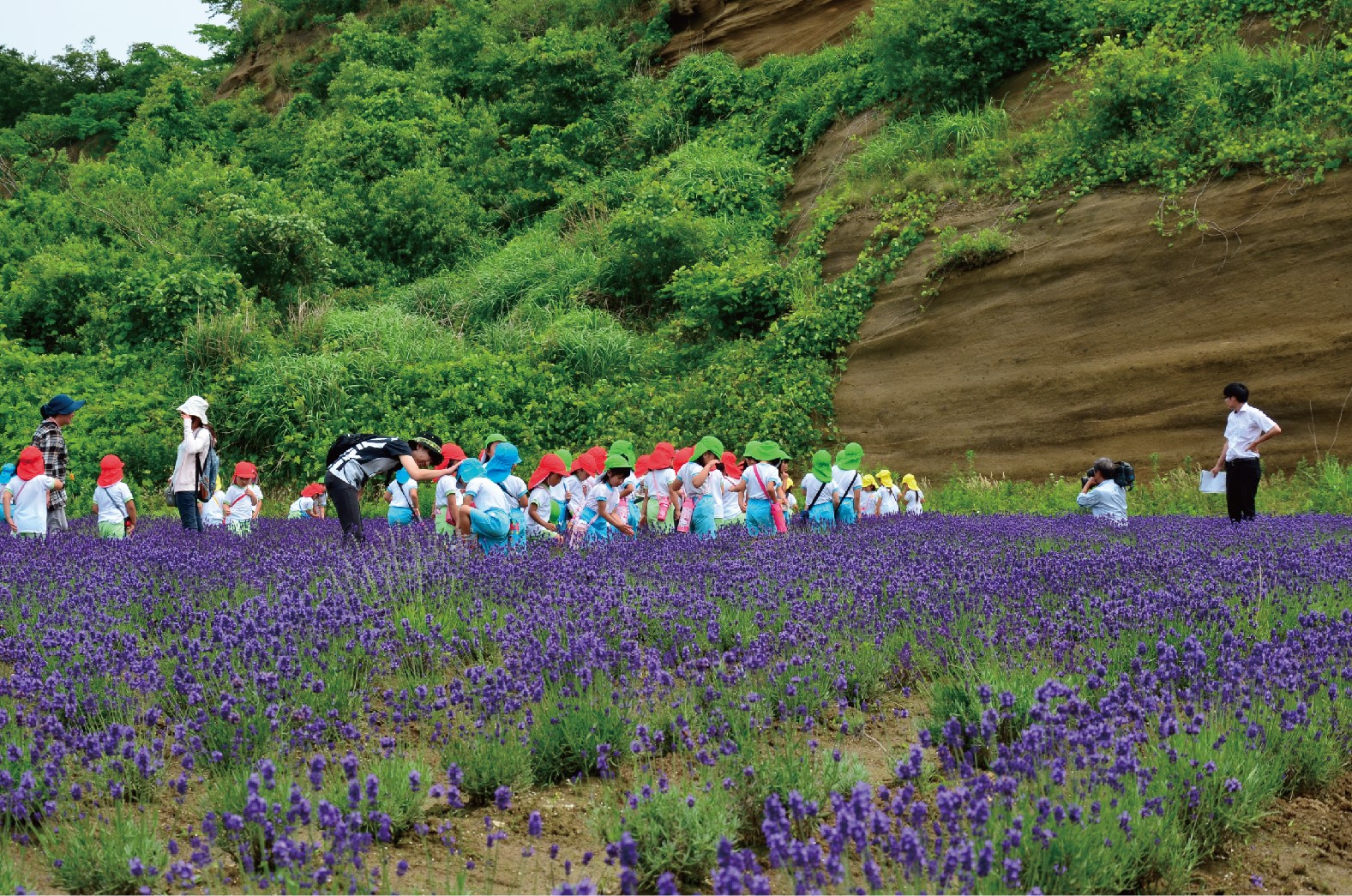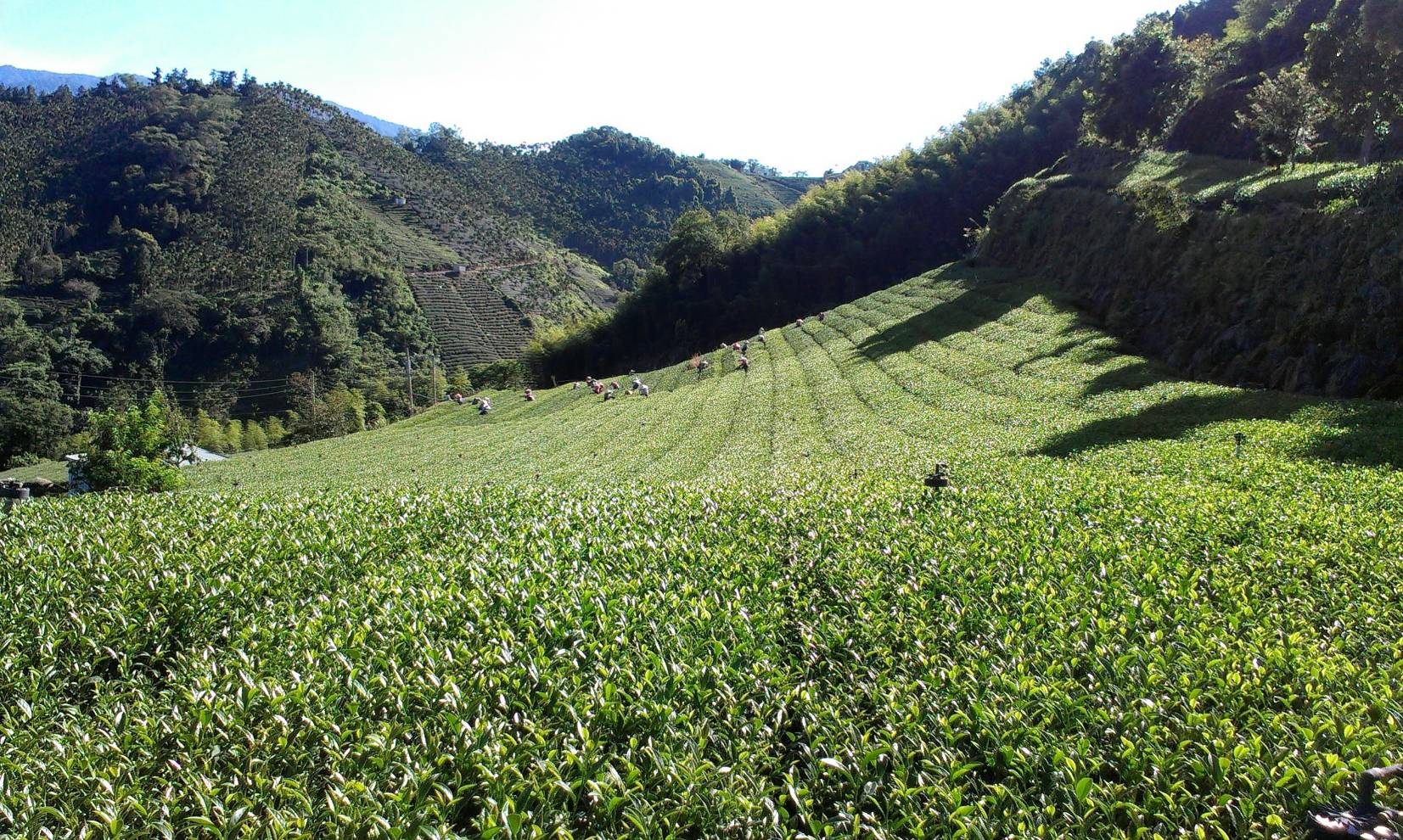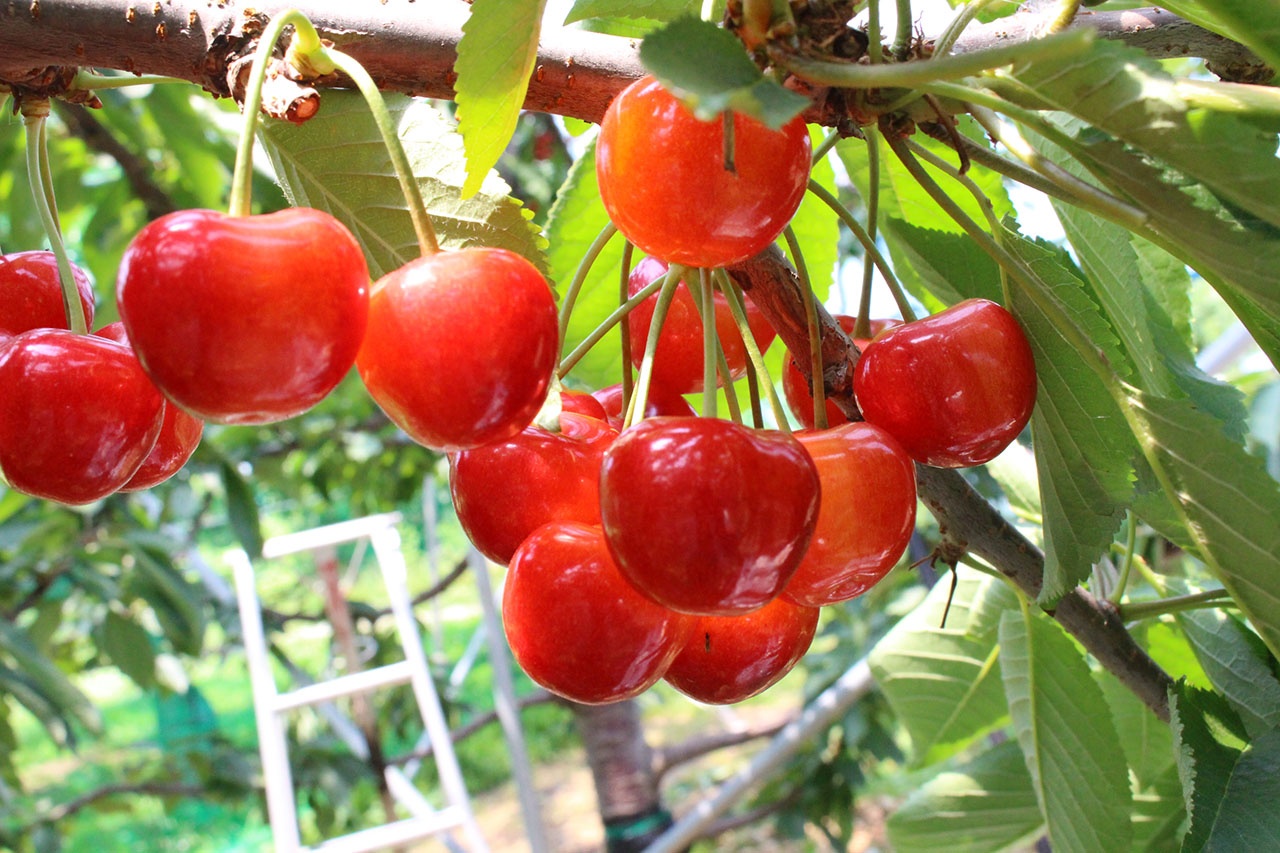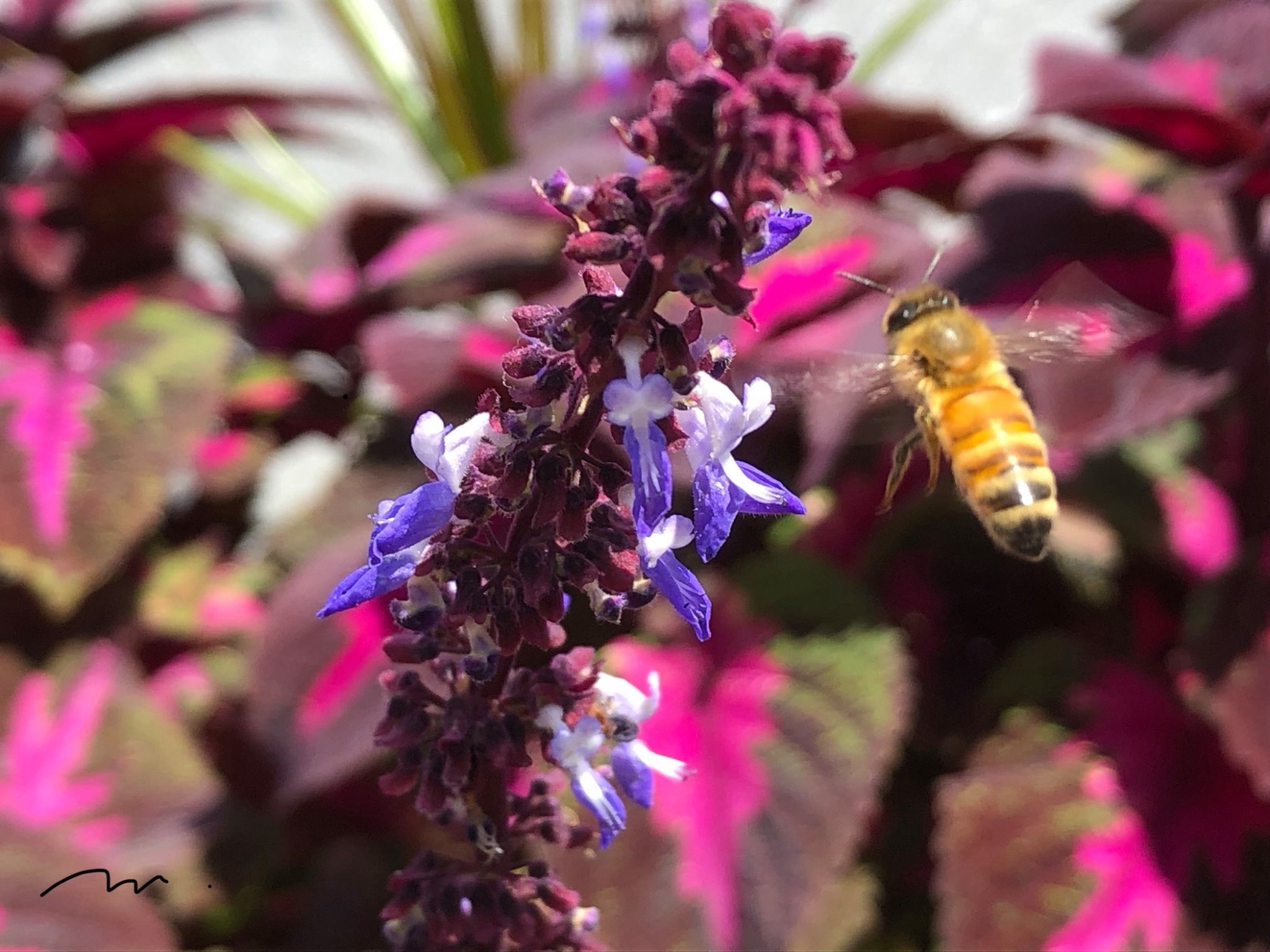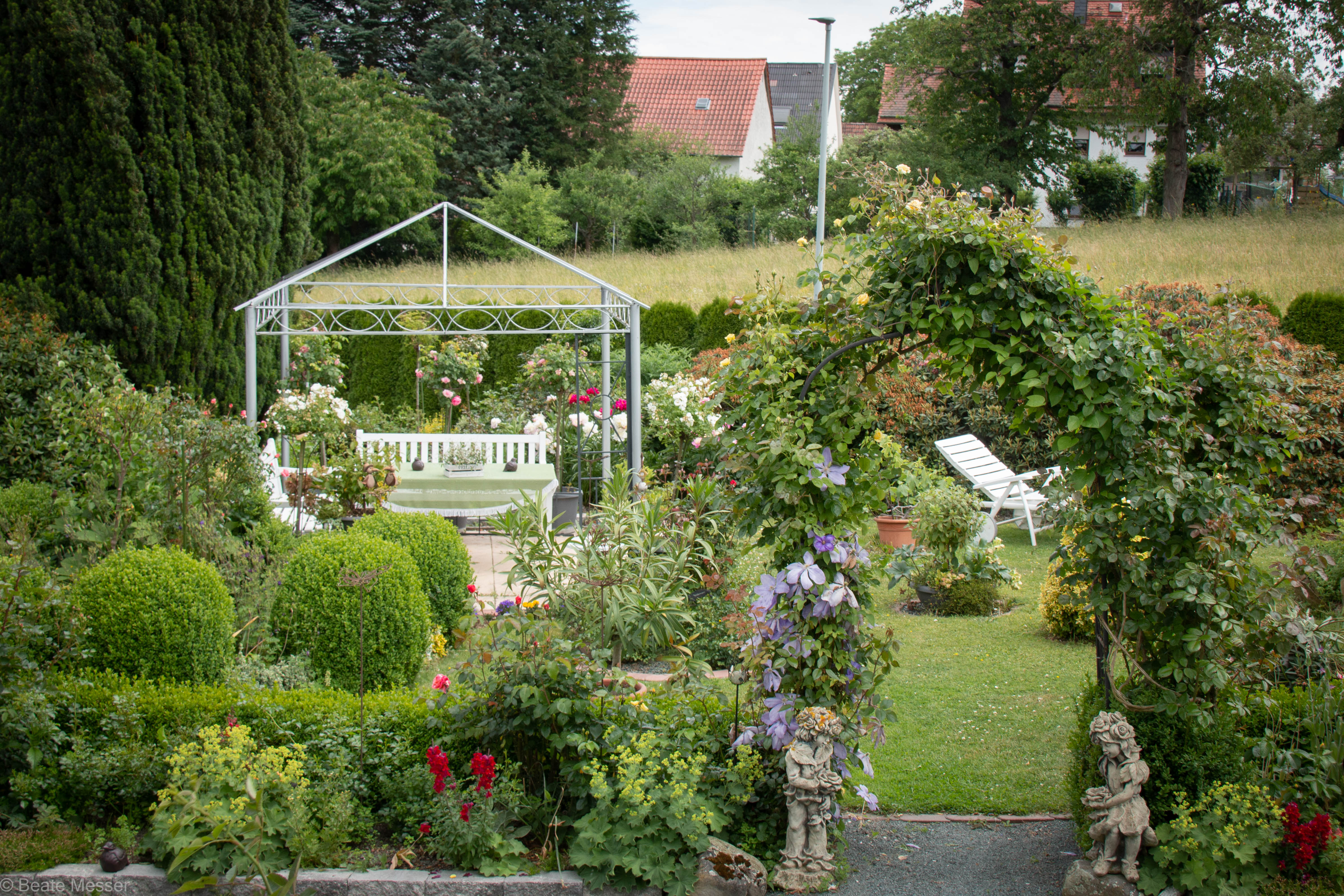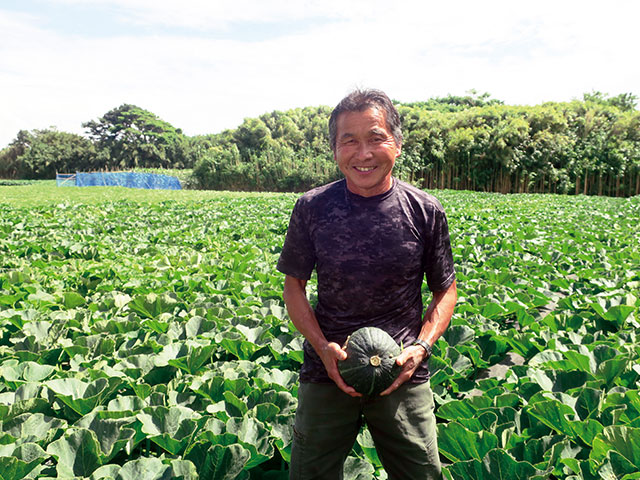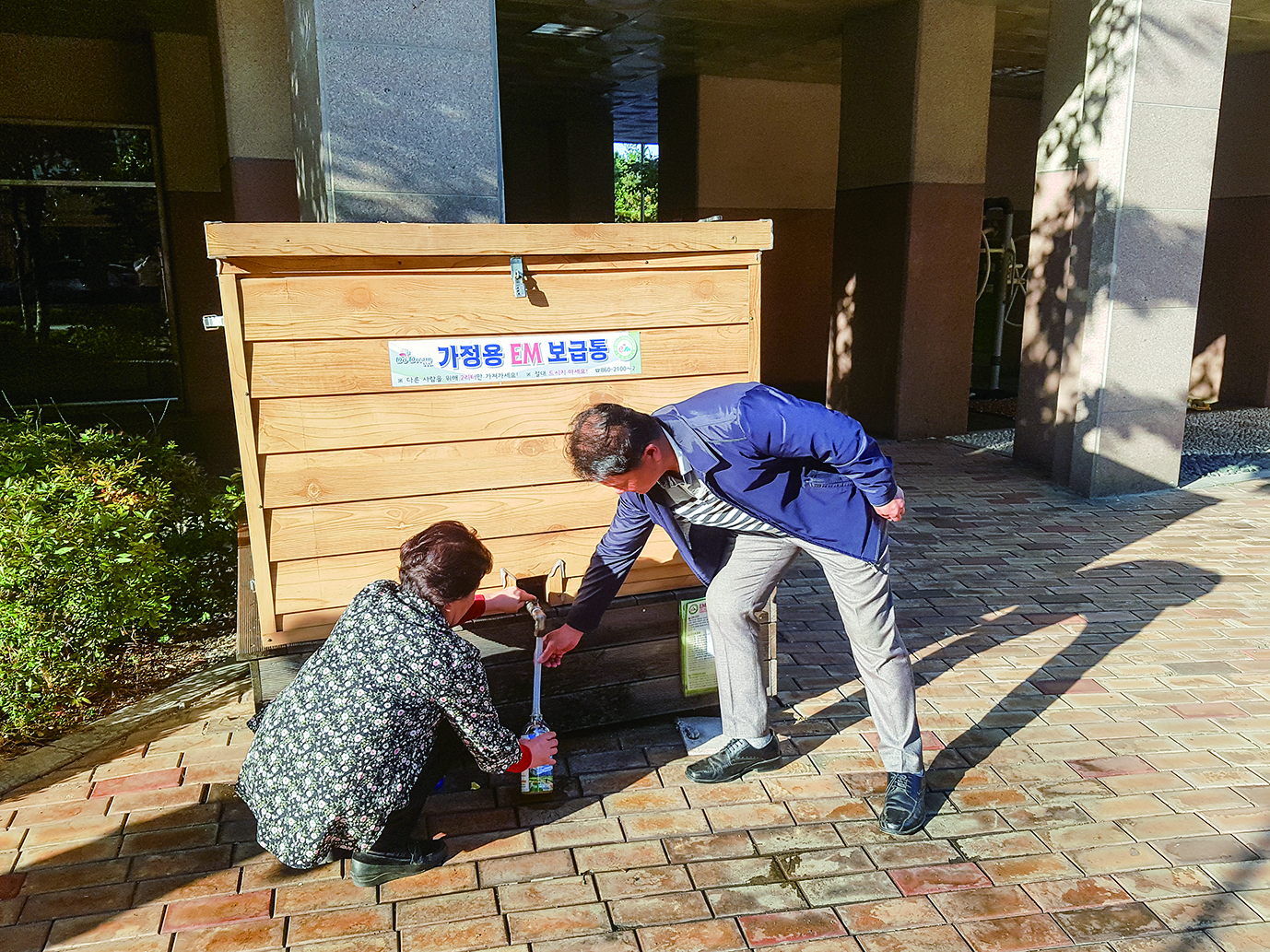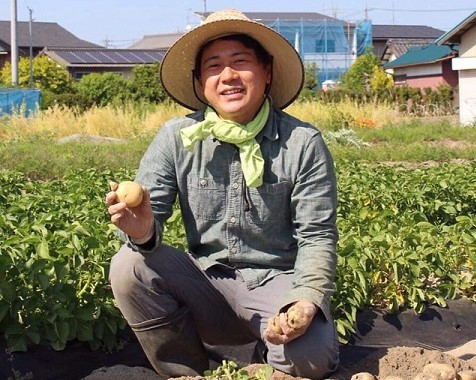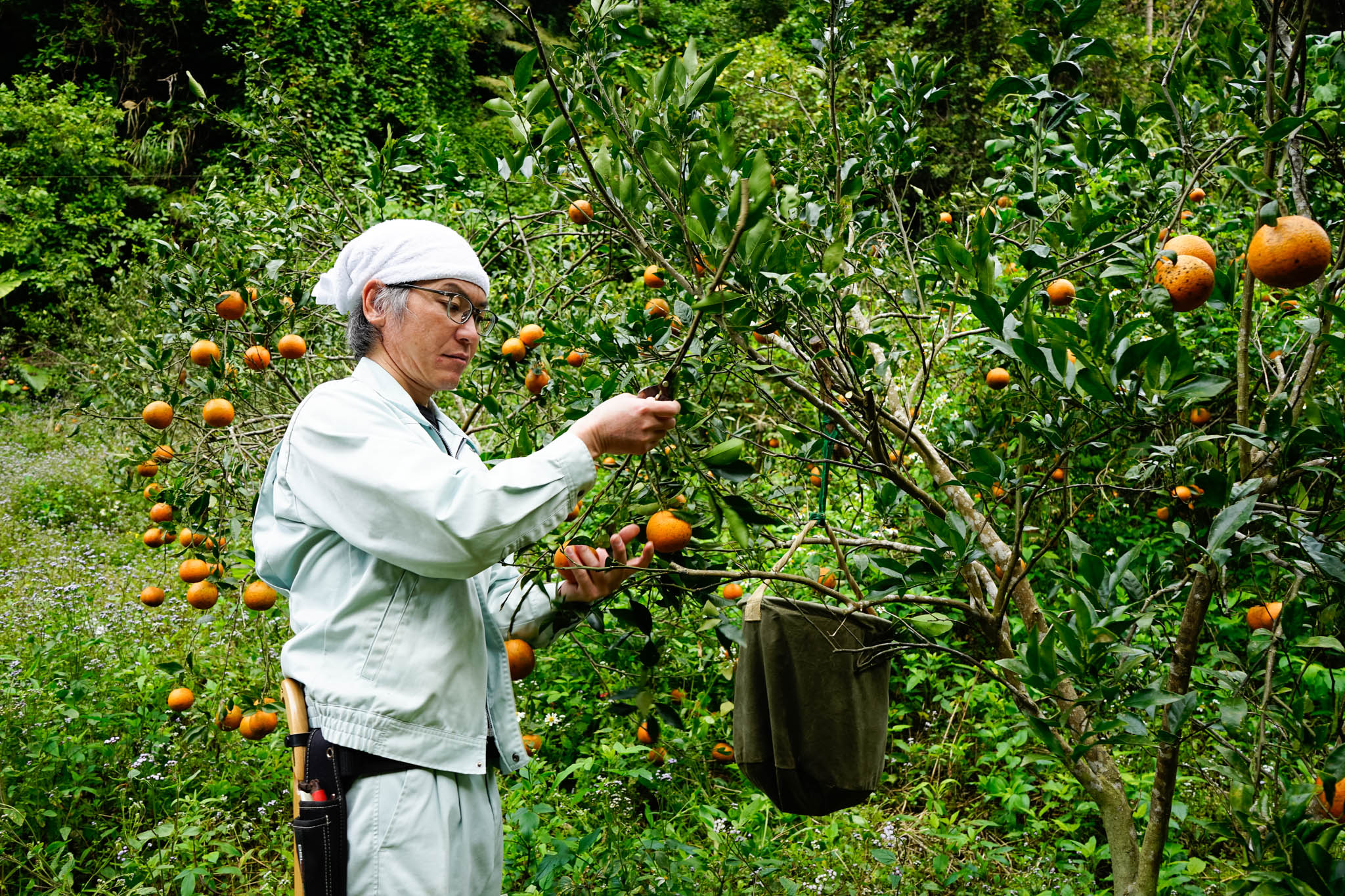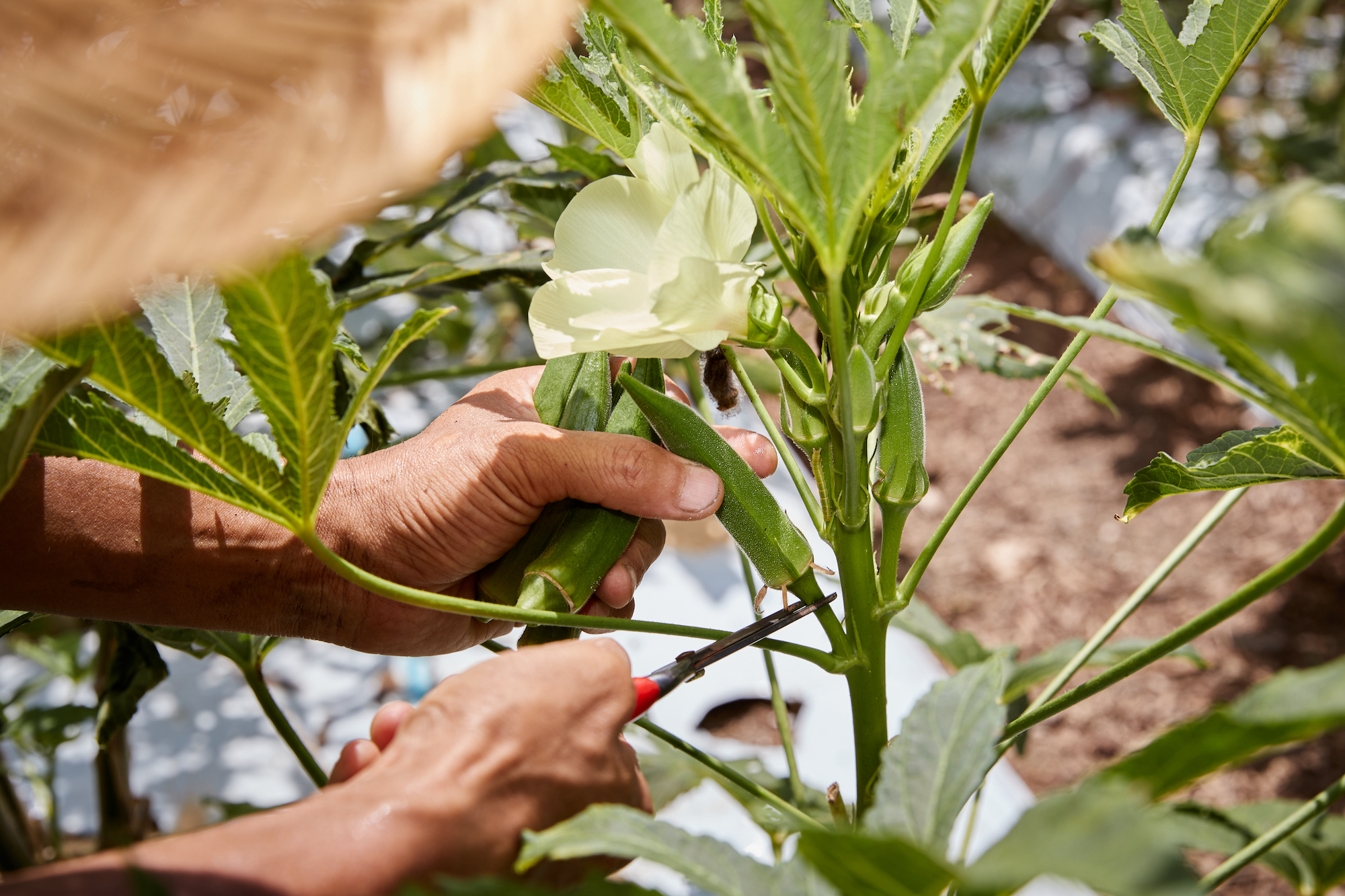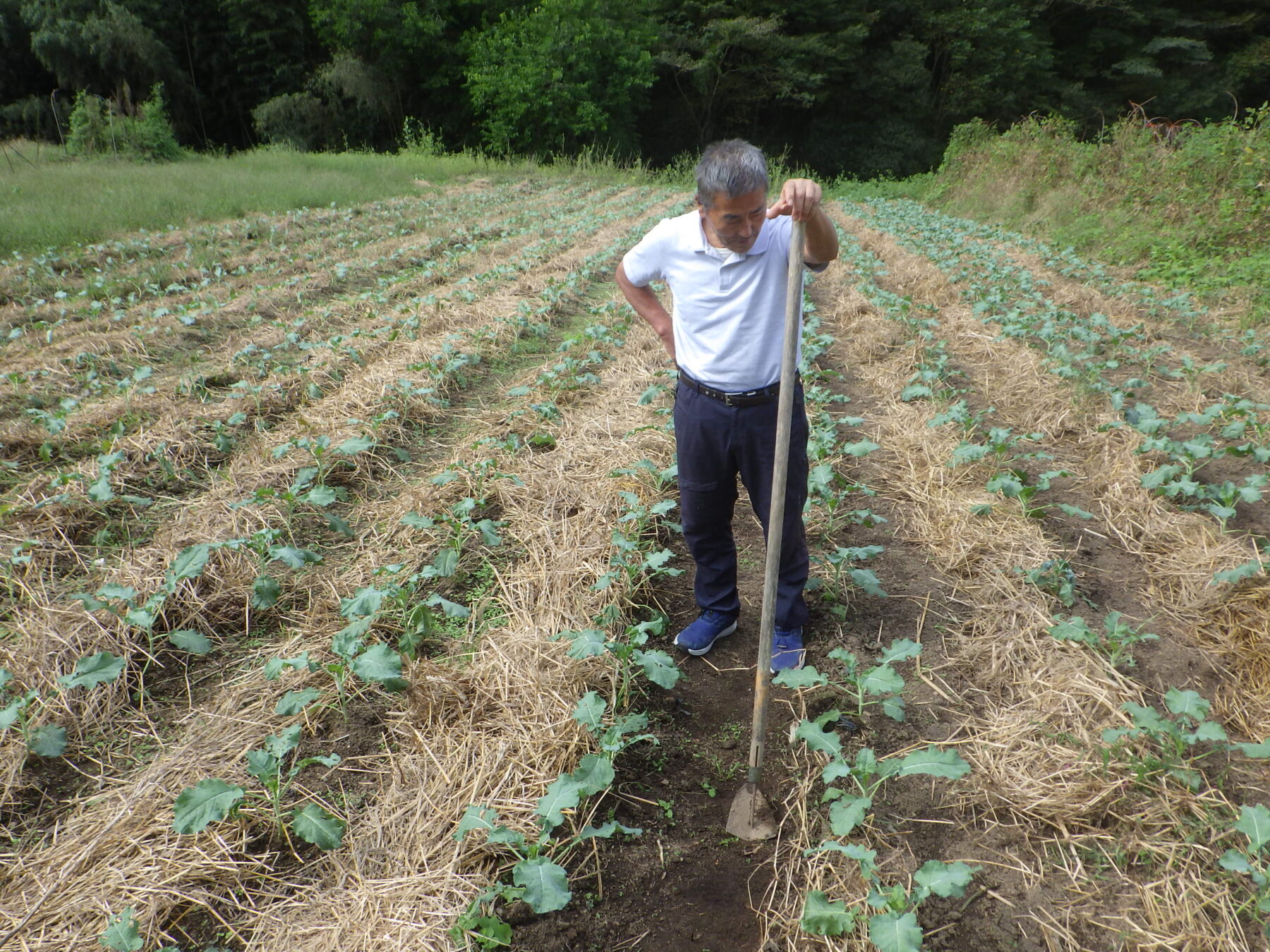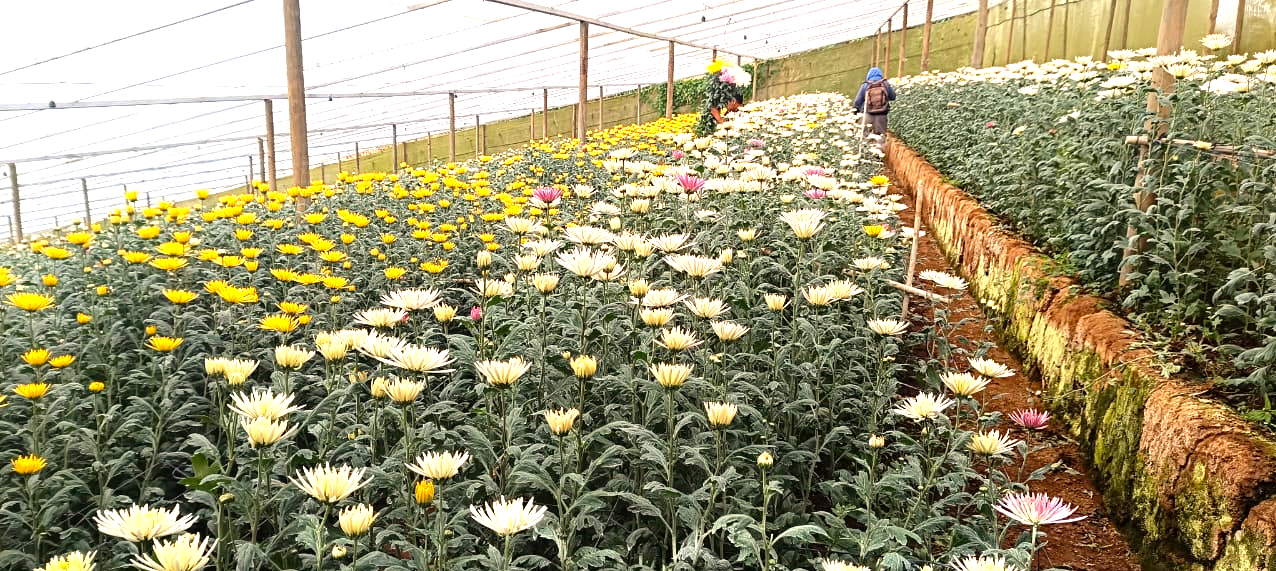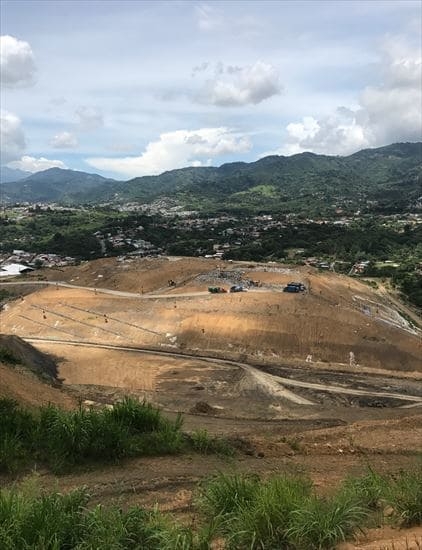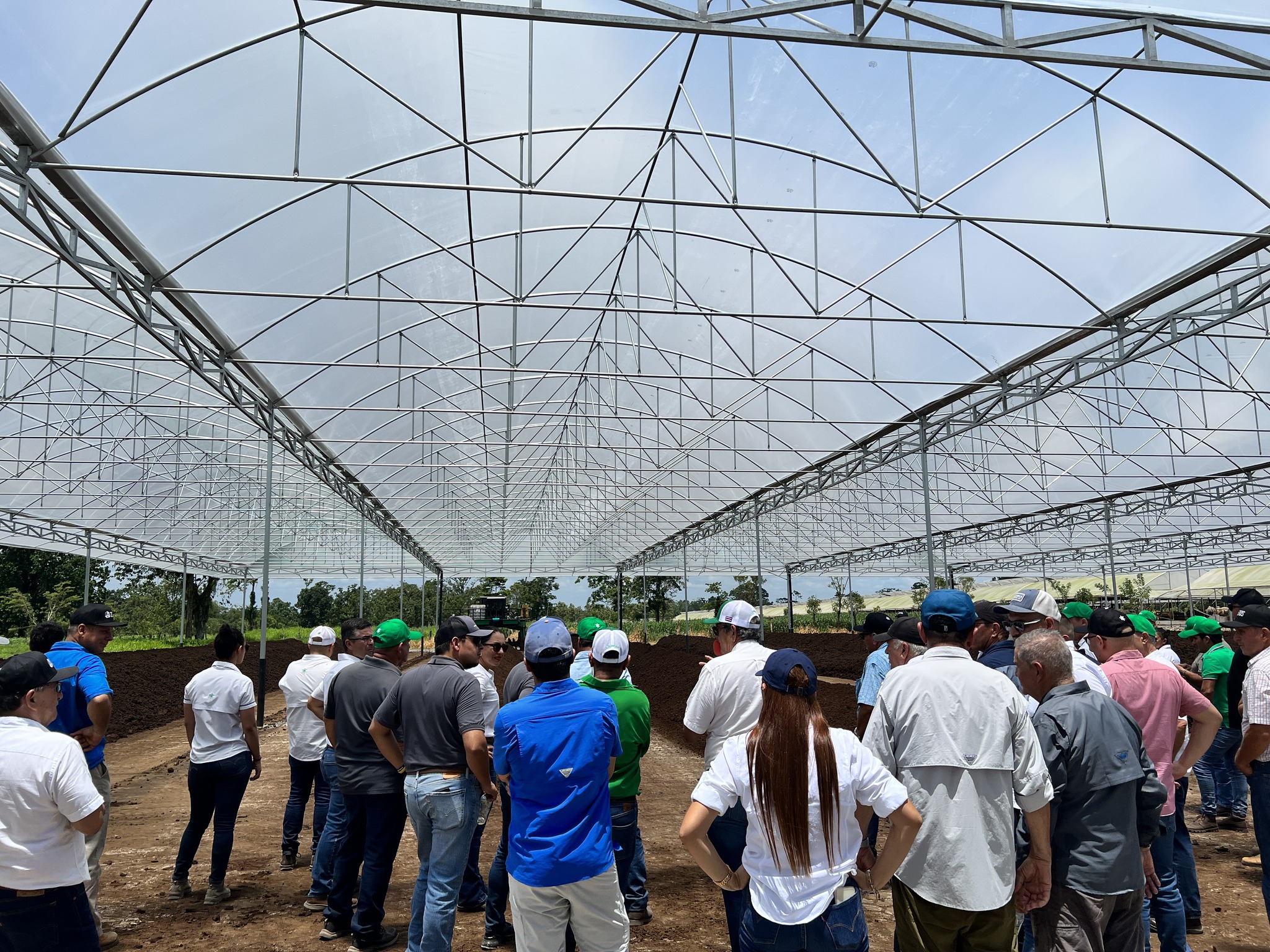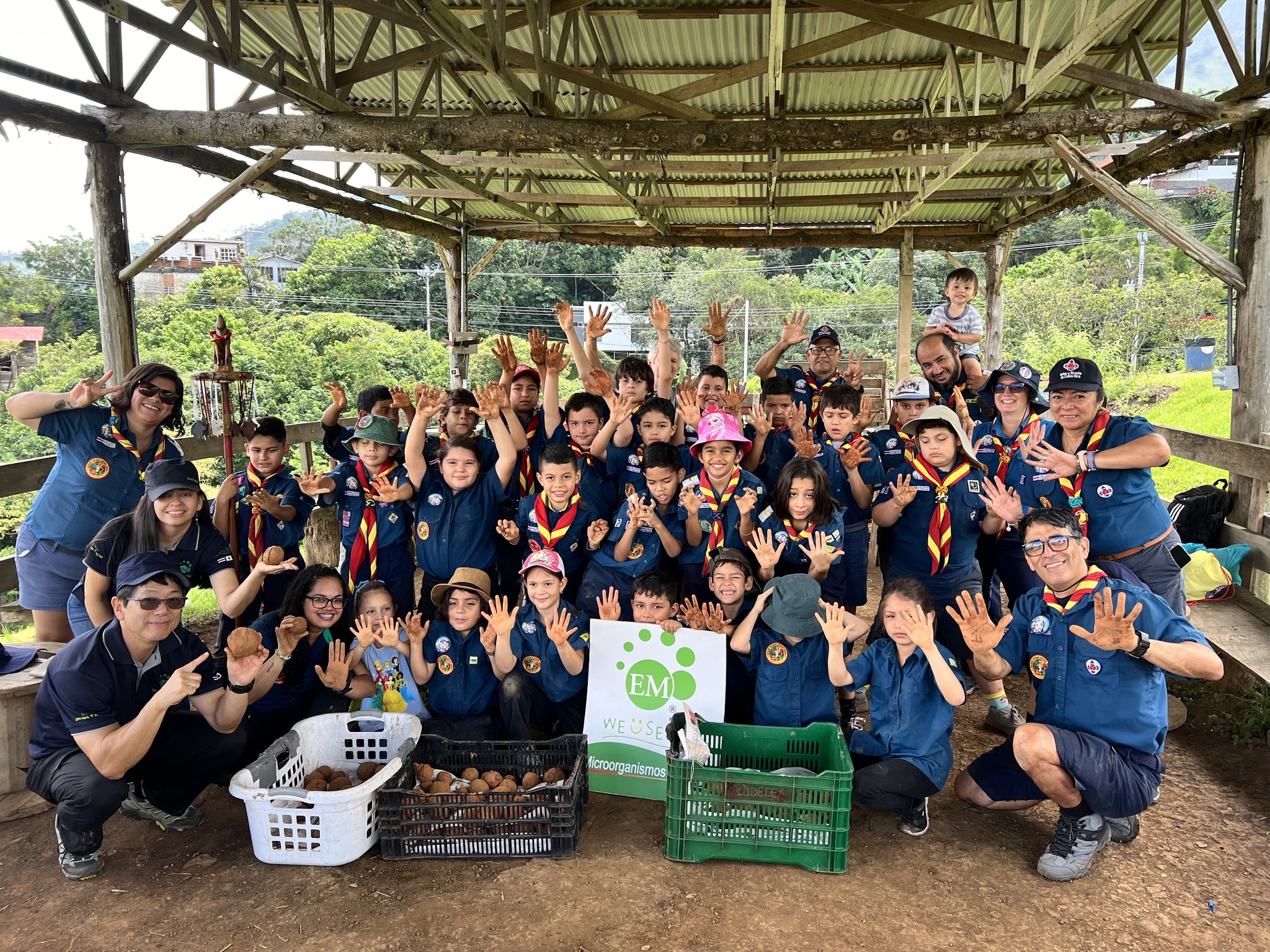Case Studies
Fungus Diseases in Banana Vanished
EARTH University, Costa Rica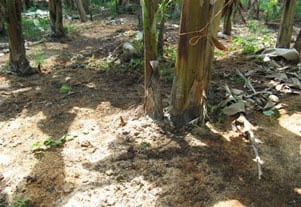
Costa Rica Lean On Organic
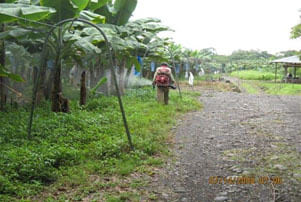
EM Technology as an Alternative for Black Sigatoka Disease Control in the Tropical Area
Agrochemical Use Impacts on the Environmental, Social and Agronomical Fields
The plantation of Bananas in the EARTH University in Costa Rica was using big amount of chemicals and fungicide that caused:
On the other hand, Costa Rica is one of the big exporter countries so they need to meet the following consumer market requirements:
Organic production (no use of agrochemicals)
Considering the conditions mentioned before, in 2000 they started EM application over the land applying Activated EM-1 ®.
In 2006, EM-1 ® application started for the banana cultivation land.
In 2007, a special formula mixing EM-1 ® was developed and applied in EARTH for Black Sigatoka control and continued for 42 weeks.
- EARTH University Banana Plantation Case -
Agrochemical Use Impacts on the Environmental, Social and Agronomical Fields
The plantation of Bananas in the EARTH University in Costa Rica was using big amount of chemicals and fungicide that caused:
- Groundwater pollution
- River pollution
- Biodiversity loss in the region
- Affects farmers’ health
On the other hand, Costa Rica is one of the big exporter countries so they need to meet the following consumer market requirements:
- Minimum levels of chemical residues in products for export
- Demand to change traditional production into:
Organic production (no use of agrochemicals)
Considering the conditions mentioned before, in 2000 they started EM application over the land applying Activated EM-1 ®.
In 2006, EM-1 ® application started for the banana cultivation land.
In 2007, a special formula mixing EM-1 ® was developed and applied in EARTH for Black Sigatoka control and continued for 42 weeks.
Case Study at Banana Plantation: method and result

The control of the Black Sigatoka fungus disease in bananas and plantains, estimated to be at a cost of $200 million annually, has been widely related to loss of bio-diversity, increased health hazards, and economic instability of many banana producing countries. Thus, biological control for the disease is deemed a wise alternative. A 0.6 ha area was established at the banana farm of EARTH in Guacimo, Costa Rica to test the efficacy of EM (Dilution of EM in 1:100).
The application of EM Technology shows a reduction on spreading new infections and retards evolution of pre-existing infections as follows:
In semi commercial level, EM Technology proved to be a feasible alternative to reduce chemical burden in commercial control of Black Sigatoka programs.
Chemical burden decrease by 40%.
(Source: EARTH University-Chiquita (Costa Rica). 2008. Semi Commercial Evaluation of EM in Black Sigatoka Integral Control. p.16. Limón, Costa Rica)
The application of EM Technology shows a reduction on spreading new infections and retards evolution of pre-existing infections as follows:
- Indirect effect of beneficial microorganisms which occupied spaces on leaves taking place of Black Sigatoka fungus.
- Direct effect of substances generated by microorganisms contained in EM-1 ® .
- The last effect makes synergism between EM-1 ® and mineral oil.
In semi commercial level, EM Technology proved to be a feasible alternative to reduce chemical burden in commercial control of Black Sigatoka programs.
Chemical burden decrease by 40%.
(Source: EARTH University-Chiquita (Costa Rica). 2008. Semi Commercial Evaluation of EM in Black Sigatoka Integral Control. p.16. Limón, Costa Rica)
Case-study: conclusion
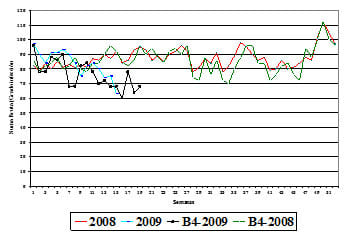
1. 20 cycles of EM-1® were applied within a total of 48 cycles a year to earn a chemical burden reduction by 40%.
2. EM showed an excellent capacity to substitute the Mancozeb during control programs.
3. These results motivate us to continue researching and developing EMTM (←not defined) as an effective method to substitute chemical fungicides (protectant and systemic) in control programs.
4. Evaluations on the leaves were done for 14 alternate weeks and ended four weeks before harvest. The results showed that the number of healthy leaves were 8.4 with EM.
The position of the YLS (youngest spotted leaf) was 7.4 with EM.
The number of diseased leaves was 2.2 for the treatment.
The average infection rating was 0.52 for EM.
So, the results indicate that EM can sufficiently control black sigatoka and maintain 8 to 9 leaves at about fruiting time. This is comparable to results using the regular chemical control with 10 leaves.
